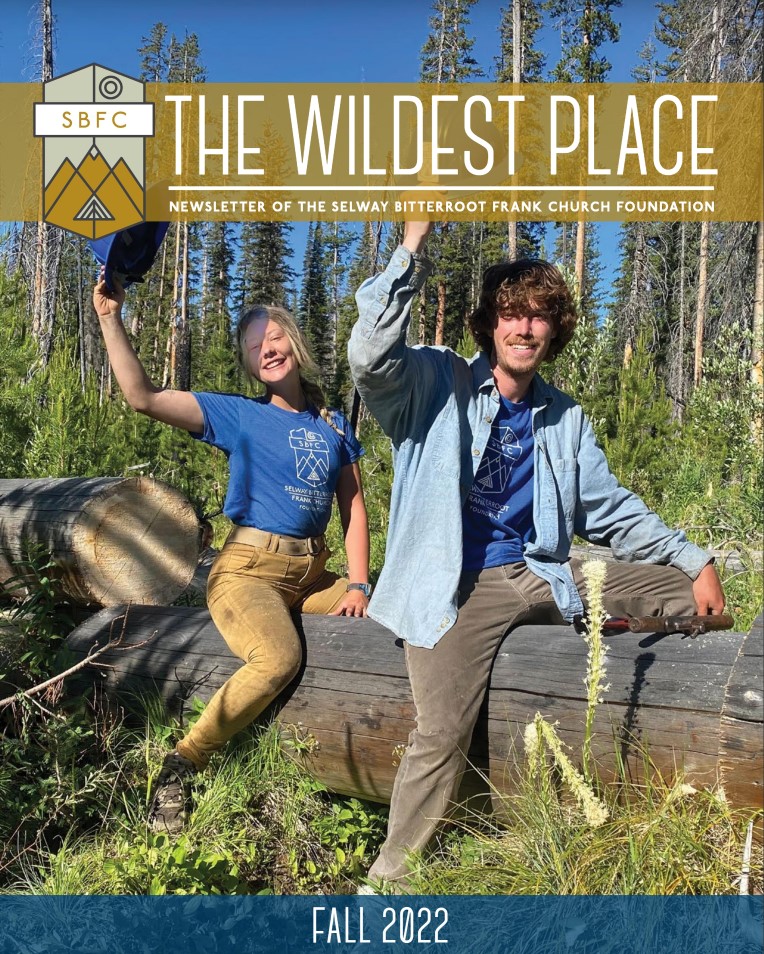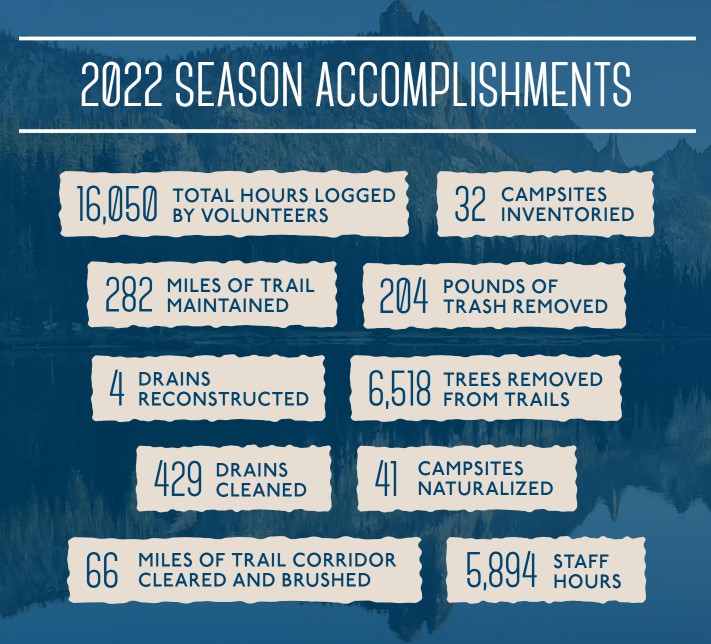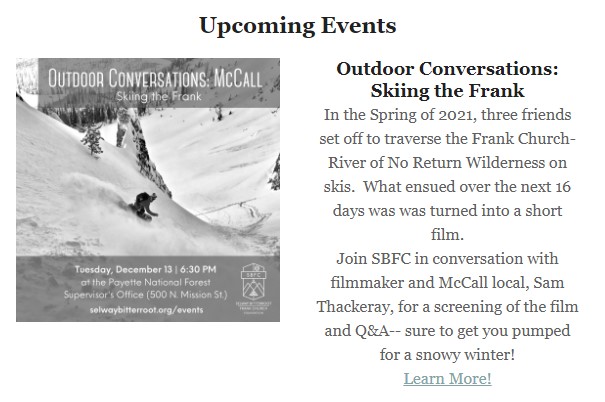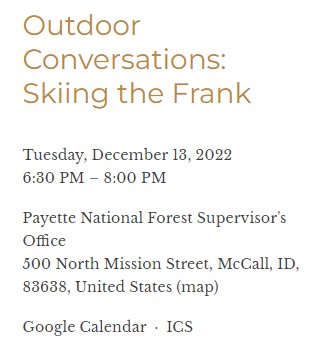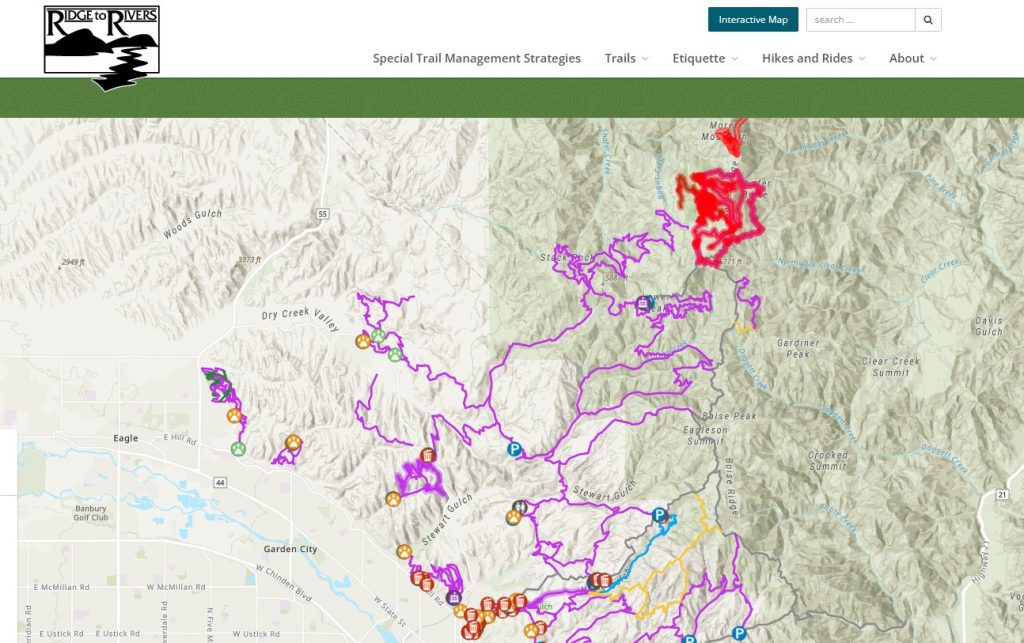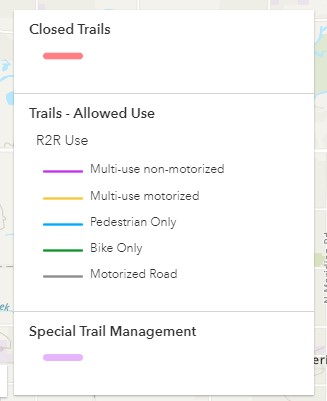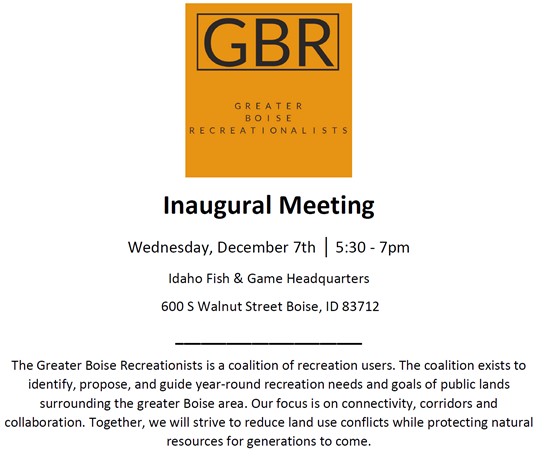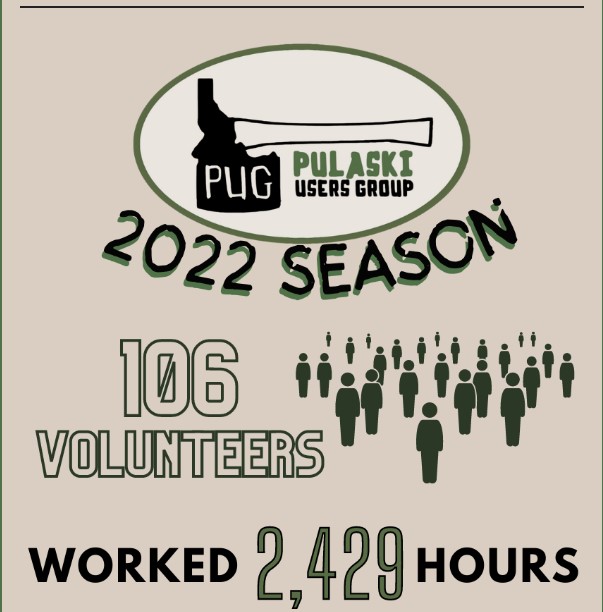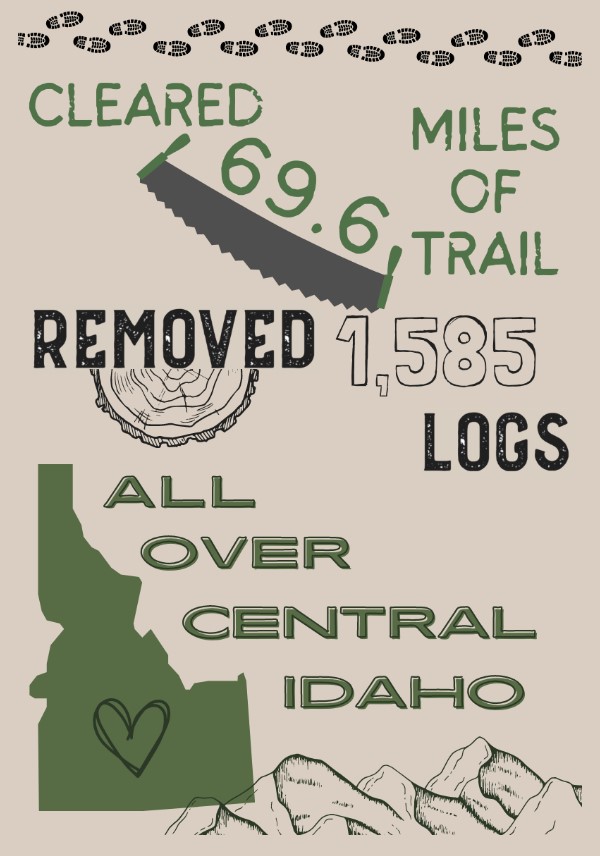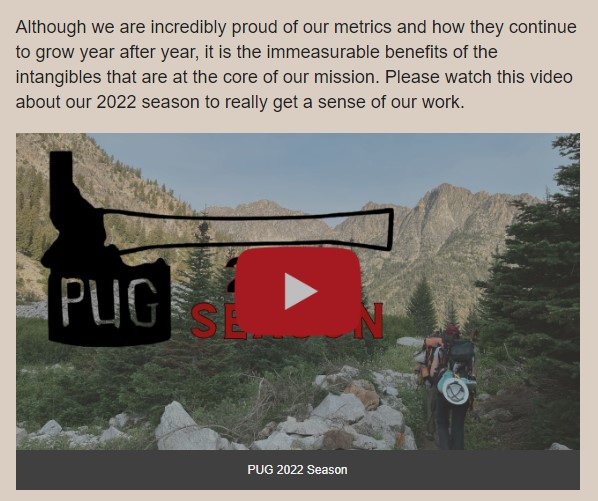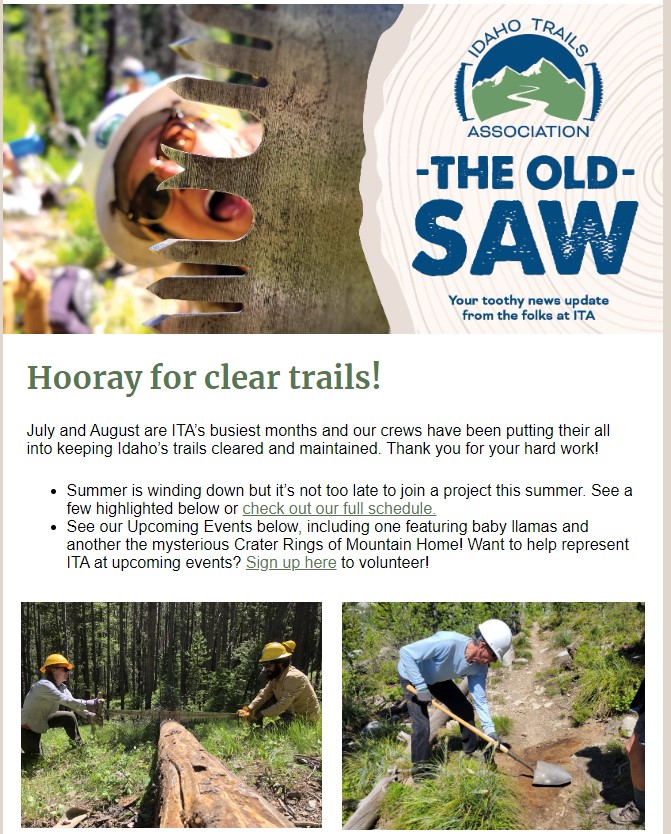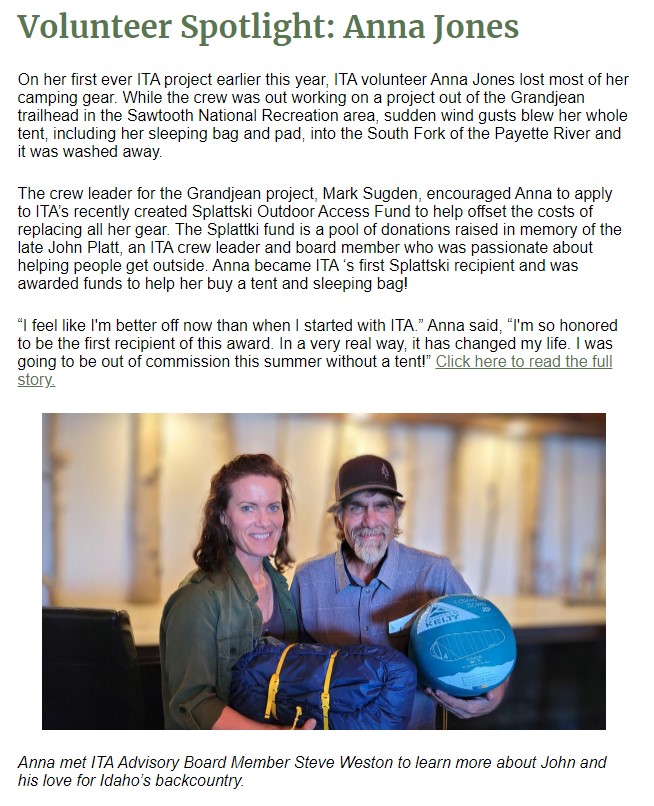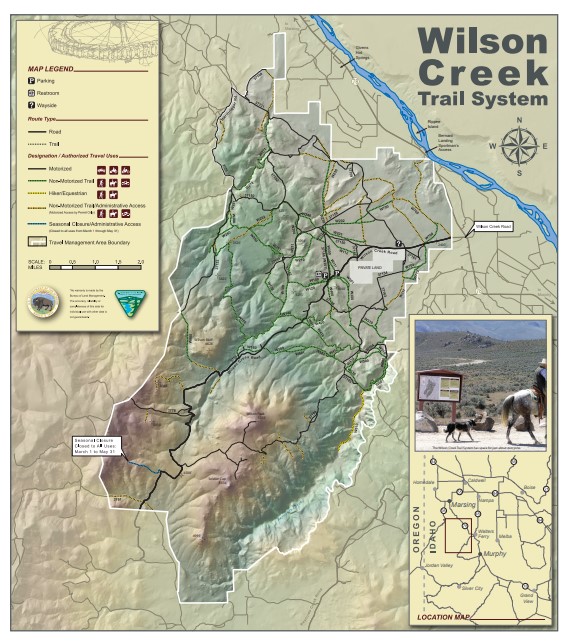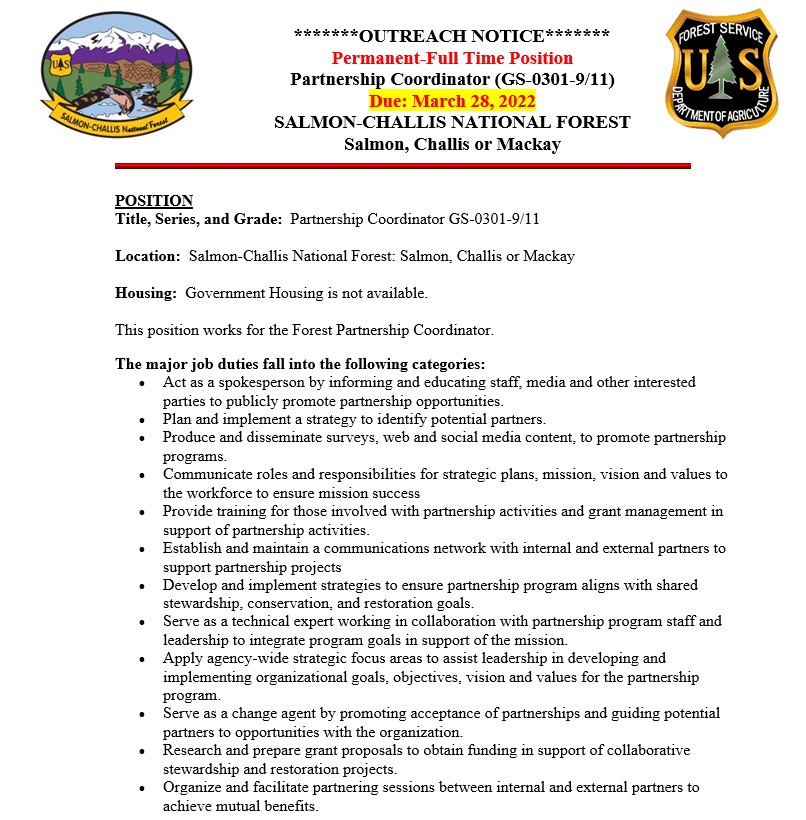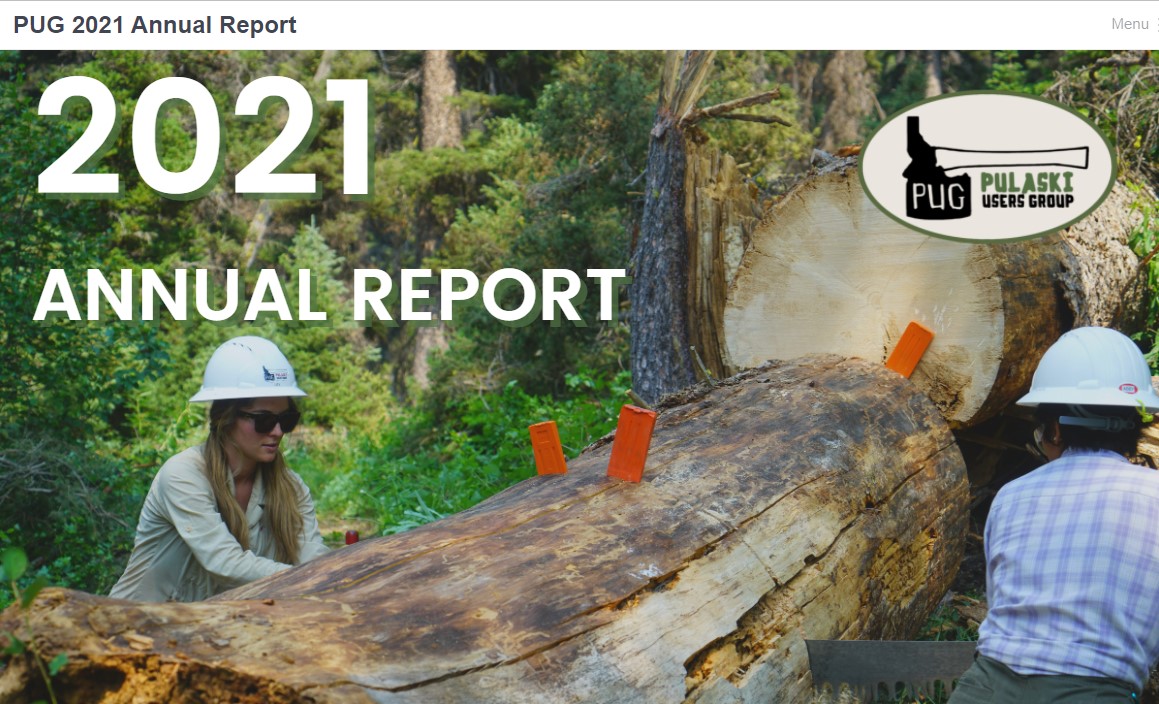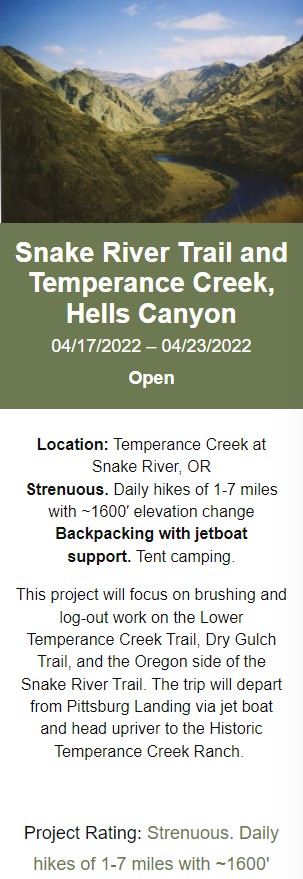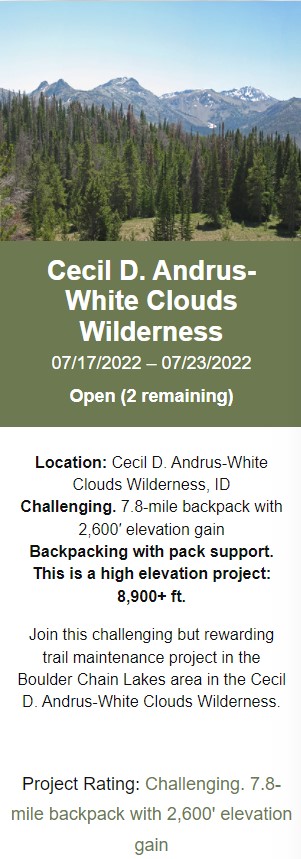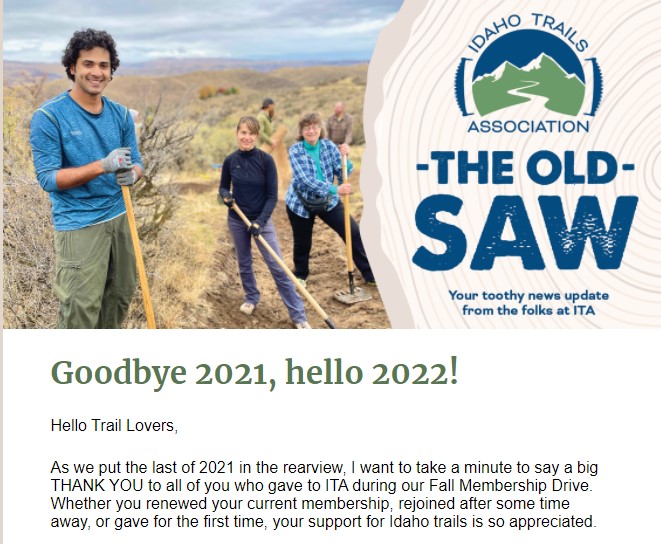Comment period for the Boise National Forest’s Sage Hen project is open up to February 20.
Follow the first link below then click on the “Comment/Object” link on the right side of the page to enter or upload your comments.
Sage Hen has a limited amount of Recreation proposals in the Plan as-written, but the opportunity is still open to get on-record with suggestions.
Specifically, the district ranger has offered to consider ideas that can fit well into the existing plan scope. For instance, there could be an opportunity to utilize some of the proposed closures of road spurs for parking and walking trails. If you have any specific ideas, please comment and provide details.
Please note: This Plan is not at the final Decision Notice stage, so this is the time to get your comment in if you want to be eligible to participate during the subsequent Objection phase of the process.
Basic Analysis:
• https://www.fs.usda.gov/project/boise/?project=56701
• Map centered on Project Area: https://arcg.is/iXv0y0
• Groomed OSV routes may be plowed during veg activities, coordination with Valley Co. grooming and IDPR is in the plan.
• 8.2 mi of currently-open primitive road are proposed to be closed to public motorized use. An appropriate comment would be to suggesting conversion to recreational trail particularly if such routes create loops (see maps at Project site).
• 1.0 mi Tr389 of <50″ trail is proposed to be decommissioned: Let FS know why you object or if you have an idea for a replacement trail to offset the loss.
• 5.6mi of routes are proposed to change from open-year-round to seasonal public access.
• Renwyck Creek Trailhead is proposed to be redeveloped and CXT toilet added. See https://arcg.is/5benz
• A reduction of available Authorized Dispersed Camping is proposed along NFR614.
• Fun fact: Sage Hen is home to the KYAOTT Trail. KYAOTT means “Keep Your ATV On The Trail.”
• Sage Hen Area Recreation Brochure: https://www.fs.usda.gov/Internet/FSE_DOCUMENTS/stelprdb5286976.pdf
Notable excepts from the Revised Environmental Assessment & Finding of No Significant Impact statement for the Plan (emphasis added):
Pg 11
Existing conditions are also negatively affecting areas within and between habitat patches for wildlife. Species sensitive to motorized vehicle disturbance or vulnerable to road-associated mortality are most impacted. Impacts from the spread of noxious weeds along these corridors and erosion on bare ground are other consequences of unauthorized use (see Figure 14).
Pg 12
Purpose 3: Recreation Use
[There is a need to …] Enhance recreational experiences while reducing potential for resource degradation and manage dispersed and motorized recreation to reduce user conflicts.
Need for Management Actions
The project area is one of the more popular recreation destinations on the Emmett Ranger District. As the population in the greater Treasure Valley has increased, the recreation facilities around the Sage Hen Reservoir are often at capacity. Some dispersed camp sites along National Forest System Road 614 have been encroaching into designated campground developed sites around Sage Hen Reservoir, which has been causing conflicts between users. Other types of recreational use include both motorized and non-motorized trails.
To contribute to the accomplishment of these objectives, as informed by the Forest Plan (USDA USFS 2010a, pp. III-318, III-319), there is a need to enhance existing trails and reduce impacts to other resources through re-routes and to provide safe trailhead locations. Additionally, there is a need to reconstruct the Renwyck trailhead to meet current Forest Service standards, replacing and installing information kiosks, installing vault toilet, installing barrier rock around the trailhead parking area, and placement of aggregate throughout the trailhead parking area.
To reduce user conflicts, there is a need to change dispersed camping designations between Hollywood Campground and Antelope Campground on the Motor Vehicle Use Map.
Pgs 16-17
National Forest System Road Construction
Permanent roads would be constructed on existing unauthorized routes needed for management and administrative use. Such use would provide long-term access to Forest Service lands for safe and efficient travel and for administration, use, and protection of Forest Service lands.
Road Reconstruction
Road reconstruction through realignments and aggregate surfacing would occur on approximately 6.0 miles. Such work would occur on either new road prisms or existing/abandoned road prisms to restore the original road template. Reconstruction would improve the road conditions and make them suitable for timber haul, recreational access, and/or permitted uses. The Forest Road Inventory would be updated to reflect any changes.
Road Maintenance
Roads would be maintained to implement management activities and improve existing road conditions. Road maintenance includes road prism blading and shaping, roadway vegetation clearing, roadway ditch and culvert cleaning, drainage culvert replacement and installation, water bar removal and installation, road aggregate resurfacing, dust abatement and surface repair including spot aggregate placement. Commercial users would maintain the roads commensurate with use.
Conversion of Unauthorized Routes to Forest System Roads
Approximately 0.3 miles of unauthorized routes would be added to the Boise National Forest transportation system to implement management activities and increase dispersed recreational opportunities. The addition of other unauthorized routes is associated with other proposed road realignments.
Road and Trail Decommissioning
Unauthorized roads and trails and/or abandoned templates could be decommissioned. Such work would minimize illegal motorized use, restore the road or trail area to a more natural state and minimize sedimentation and impacts to aquatic and wildlife habitat. Unauthorized routes discovered during project preparation or implementation could be decommissioned. Some unauthorized routes may be used as temporary roads during timber harvest implementation and then decommissioned. For unauthorized routes not associated with a timber sale area, routes could be decommissioned through other mechanisms.
Road Storage
Up to 3.2 miles of National Forest System roads may be placed into a state of storage or non-use status (i.e., closed to motorized public use) for an extended period to preserve the road’s integrity and protect resources. Such roads may be needed for future management use. These roads are currently open to the public; changes to their use would be reflected on the Forest Motor Vehicle Use Map.
Aquatic Organism Passage Improvement
Culverts on Pole Creek and Cold Springs Creek are immediately adjacent to critical bull trout occupied habitat. These culverts would be removed and replaced with structures and/or larger culverts to restore connectivity for aquatic organism passage.
Snowplowing
Snowplowing would occur to facilitate winter logging operations. Such work could occur on groomed routes, effectively closing them to snowmobilers, including National Forest System roads 618, 625, 653, 607, 609, 614, 626 and 644. Prior to planning and implementing project activities on groomed snowmobile routes, the Forest Service would coordinate with Gem and Valley County commissioners, the Valley County snow groomer, the Idaho Department of Parks and Recreation, and snowmobile user groups before temporarily closing any routes.
Pg 20
Recreation Management Activities
Activities proposed under this category are identical between both Alternatives A and B.
Renwyck Creek Trailhead Reconstruction and Improvement
The current trailhead is not currently well-defined. As such, unauthorized use and encroachment into the adjacent Snowbank Inventoried Roadless Area (IRA) is occurring. The trailhead would be reconstructed on the 609G road near the 609 road, clearly outside the IRA. The Forest Service proposes to reconstruct the trailhead to meet current standards, re-route the 609G road and decommission the original route, re-route the existing trail to the new trailhead, replace/install trailhead kiosks, install barrier rock around the trailhead parking area to block access to the nearby creek and IRA, place aggregate material and compact surfaces throughout the trailhead parking area, and install a vault toilet.
Kiosks may be installed at other select trailheads and access points to provide information on motorized use opportunities and responsible recreational vehicle use.
Rehabilitation of Dispersed Camping Impacts
Authorized dispersed camping along National Forest System Road 614 adjacent to and between the Hollywood Campground and Antelope Campground would be removed and the Motor Vehicle Use Map would be updated. This work would be done in response to conflicts occurring between developed and dispersed campers along this section of road.
Please inquire with any questions.
Alex Ernst IDPR – Recreation Bureau 208-832-8412

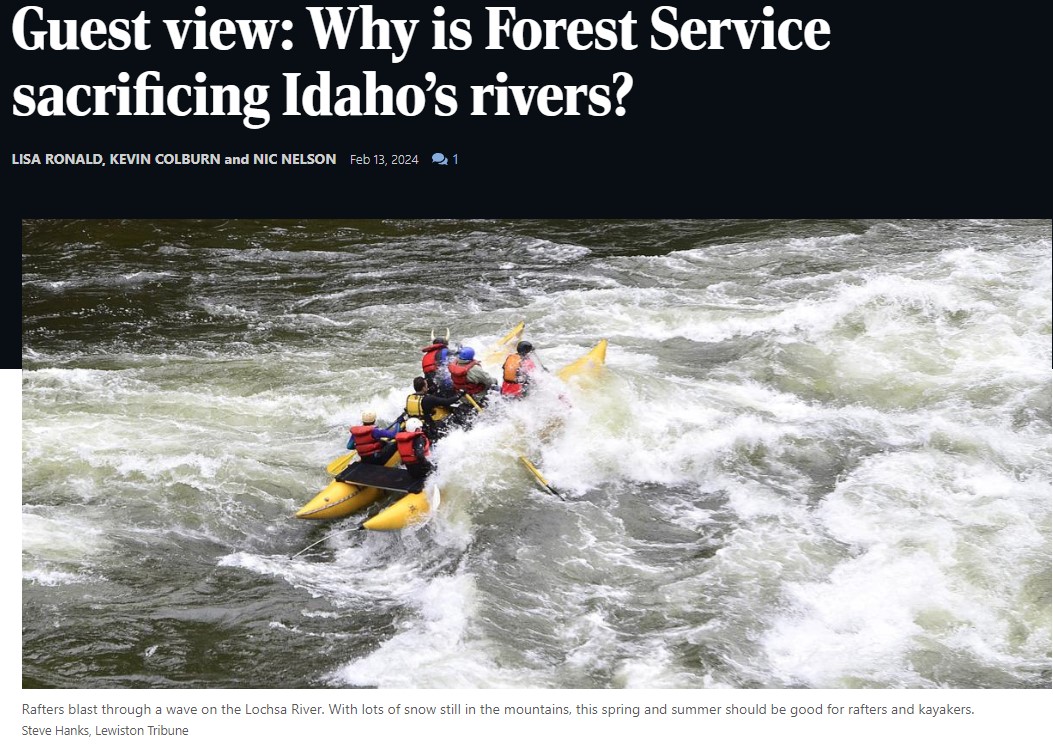
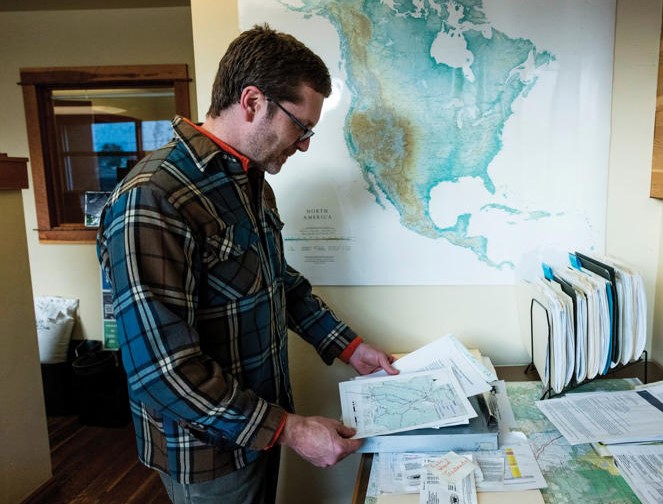
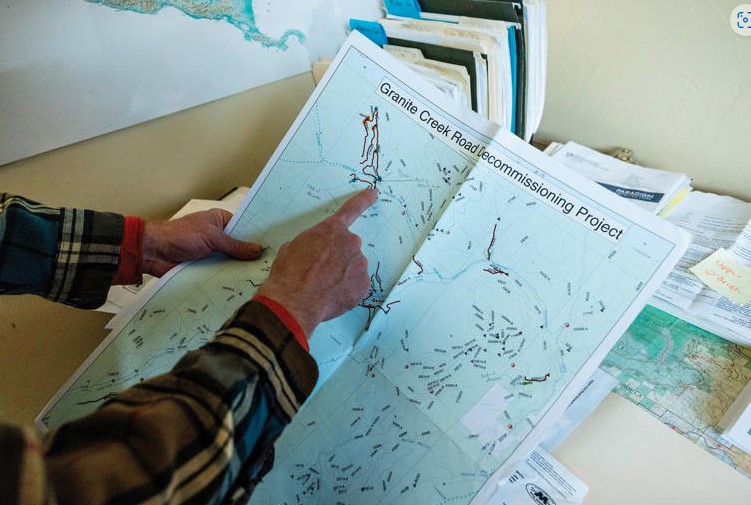
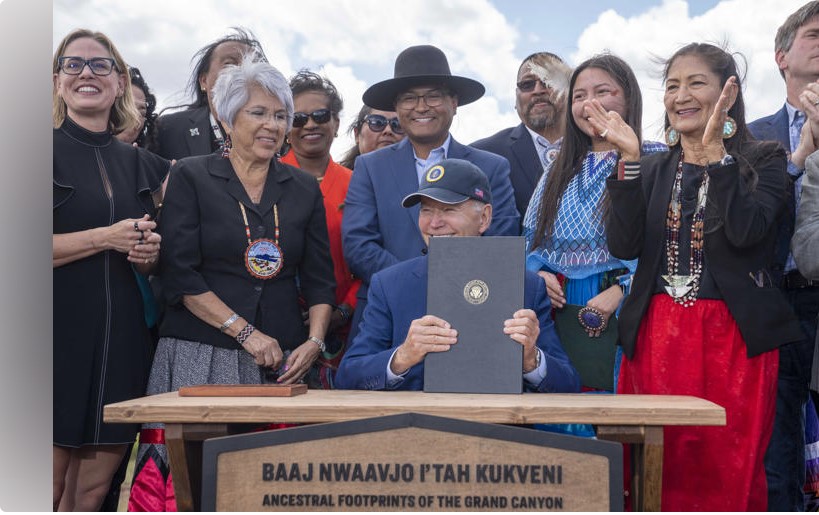
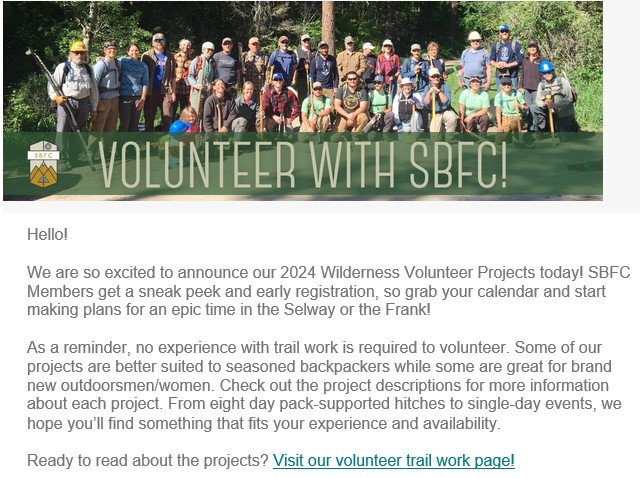
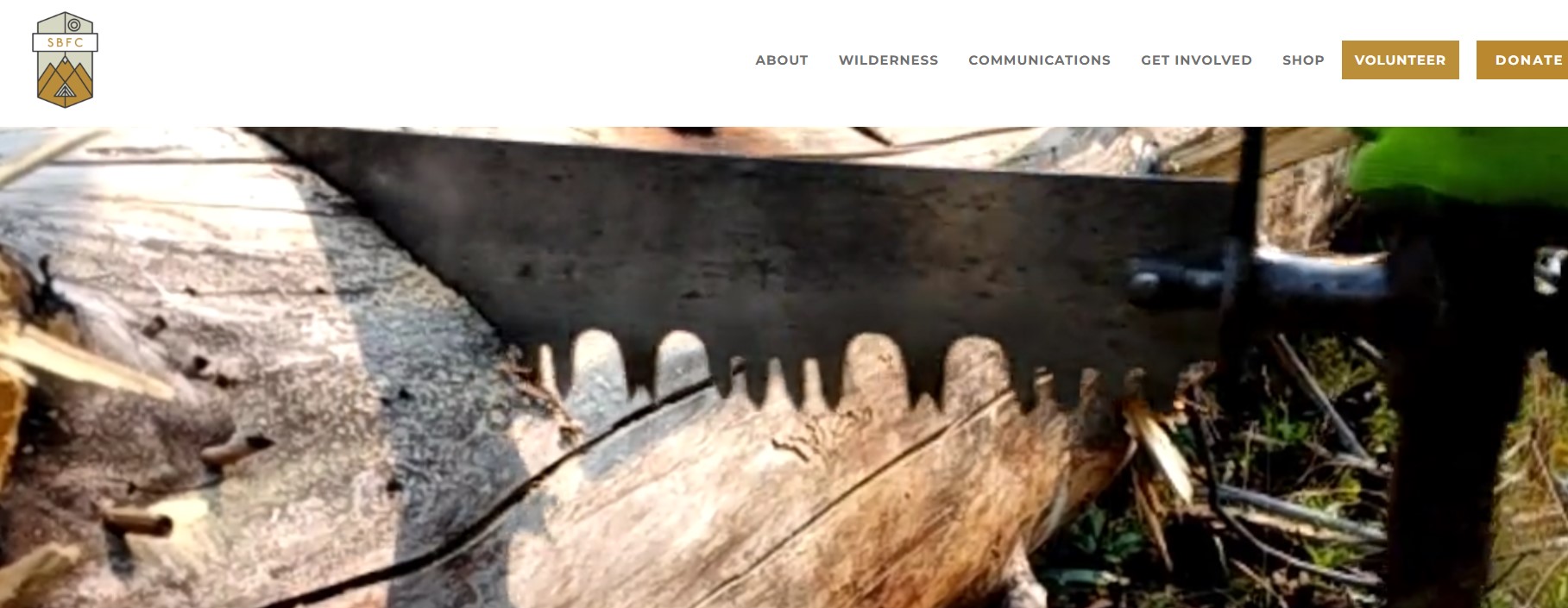

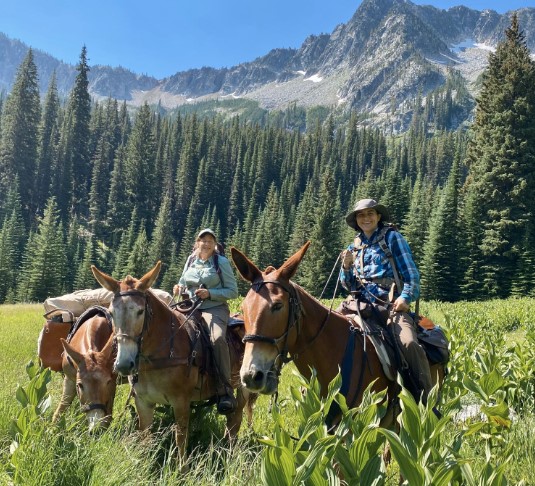
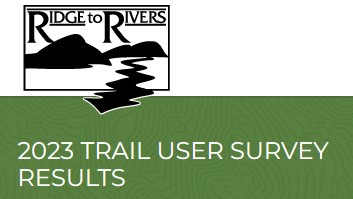

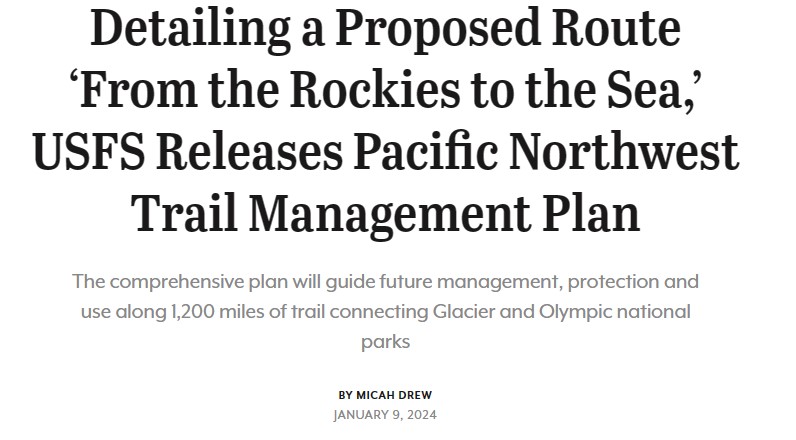
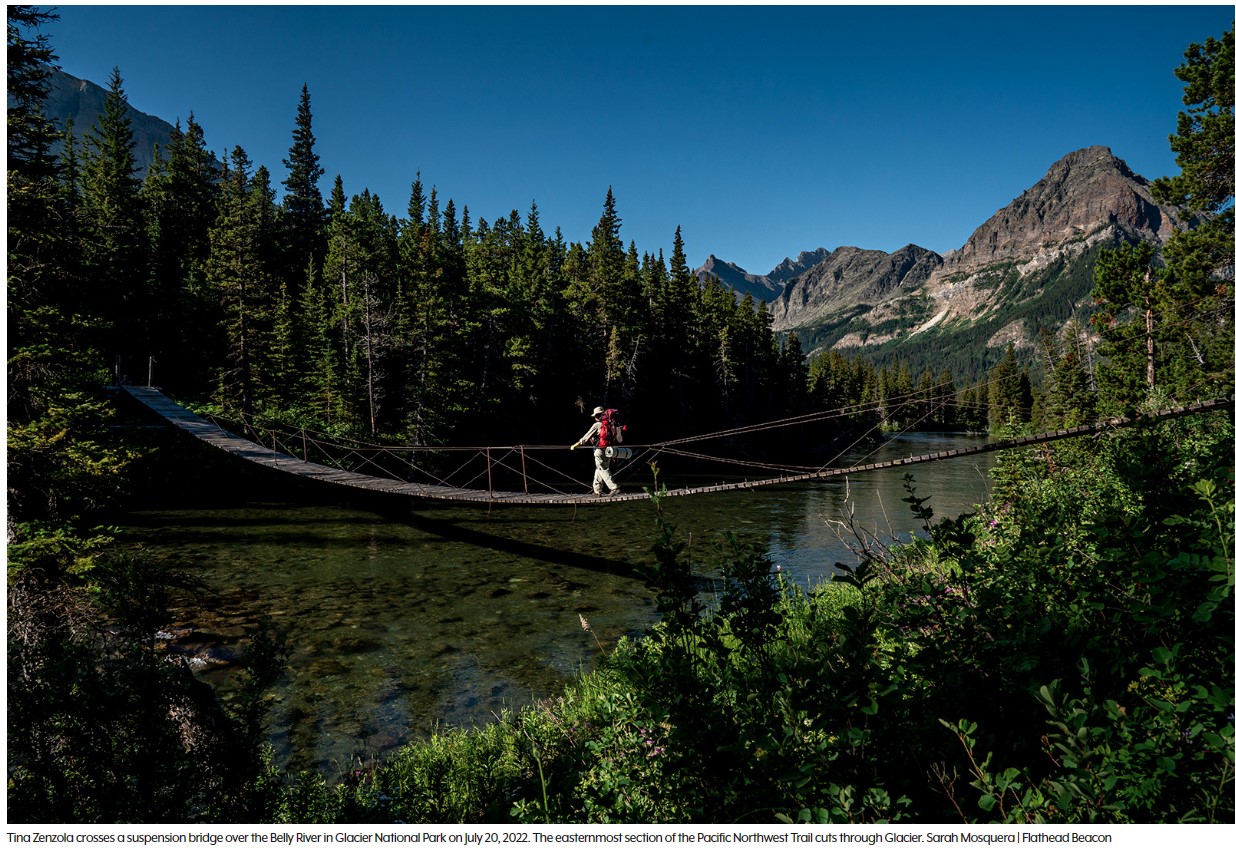
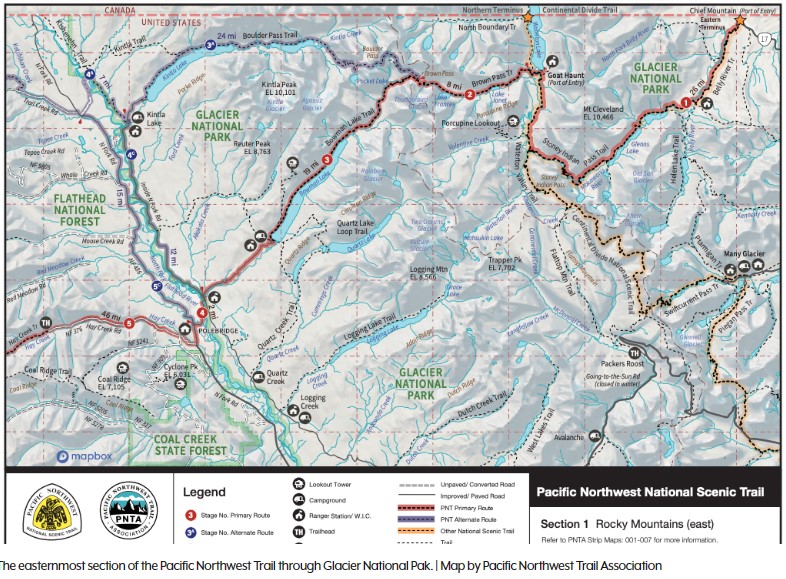

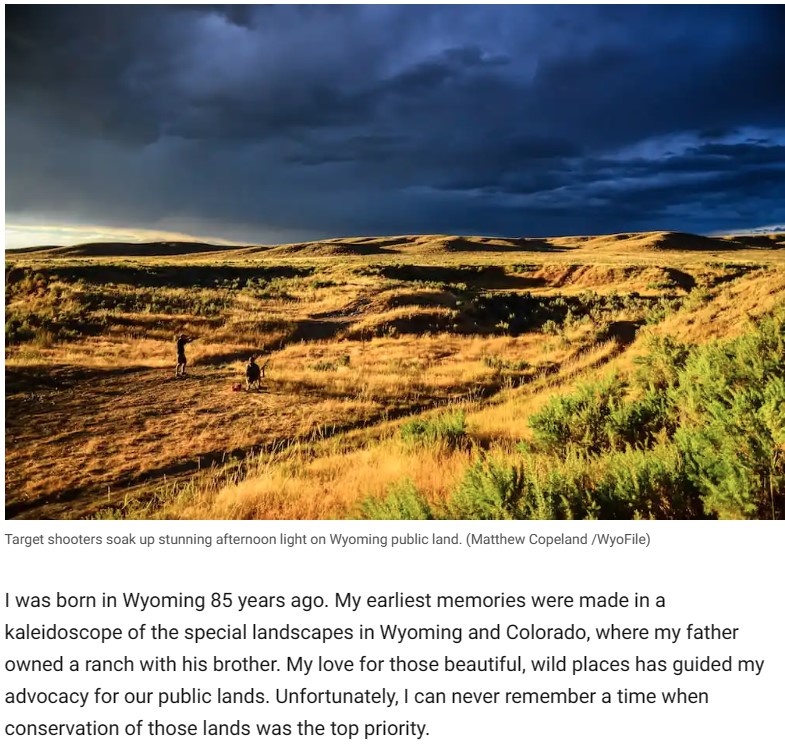
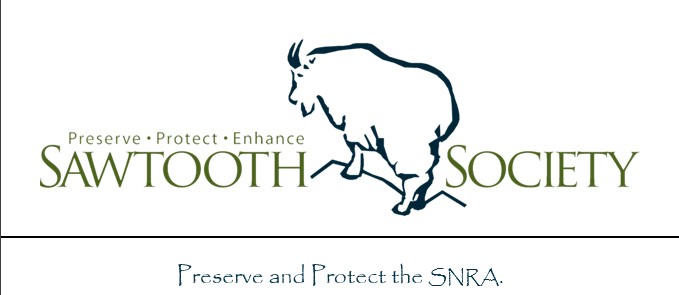
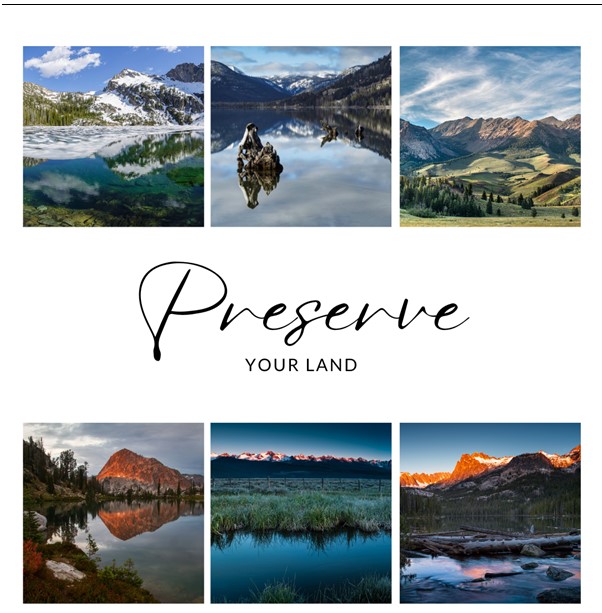
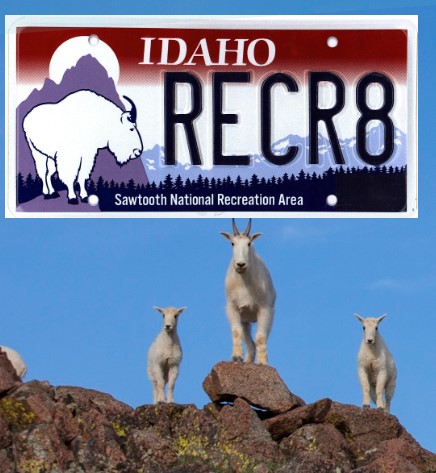
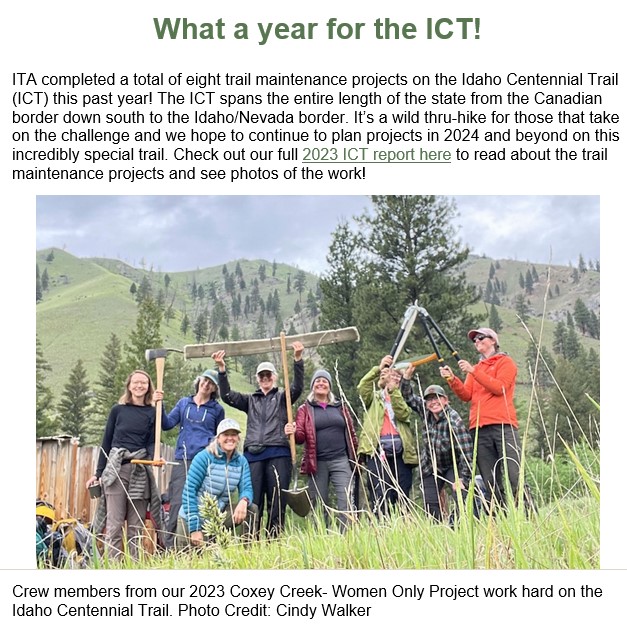
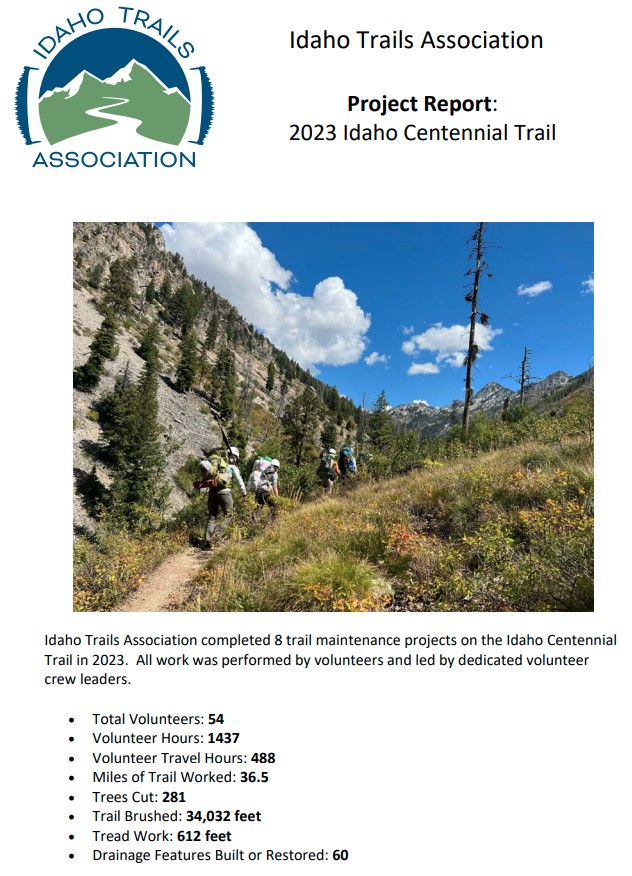
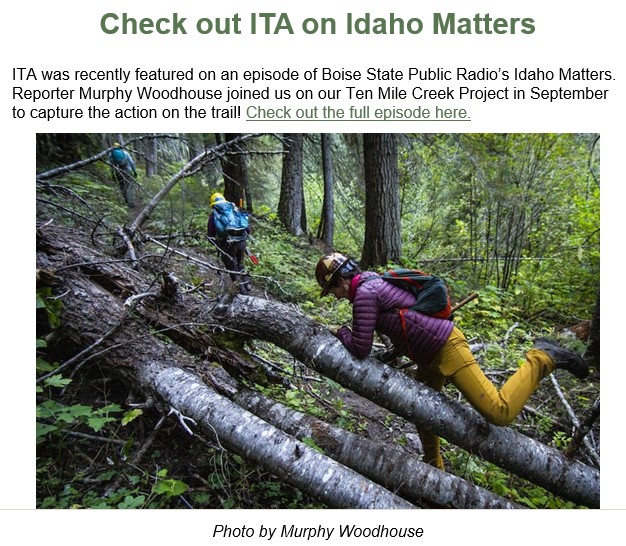
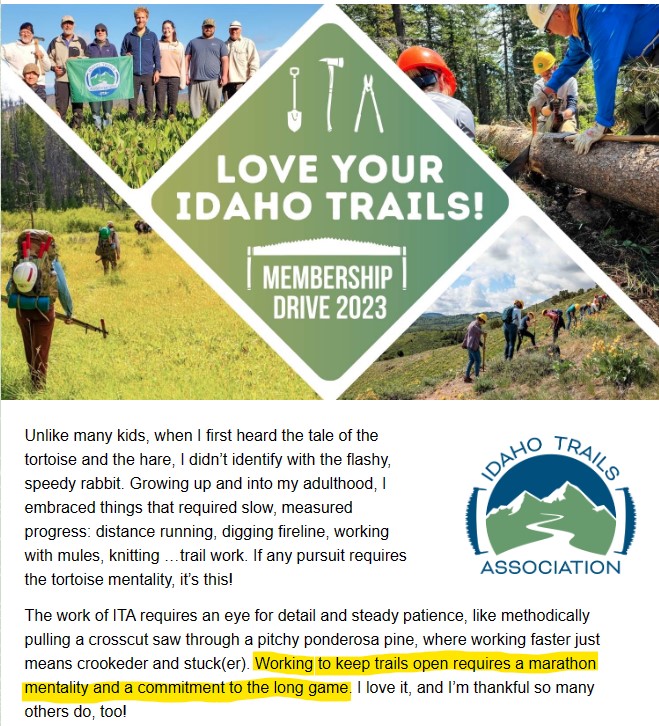
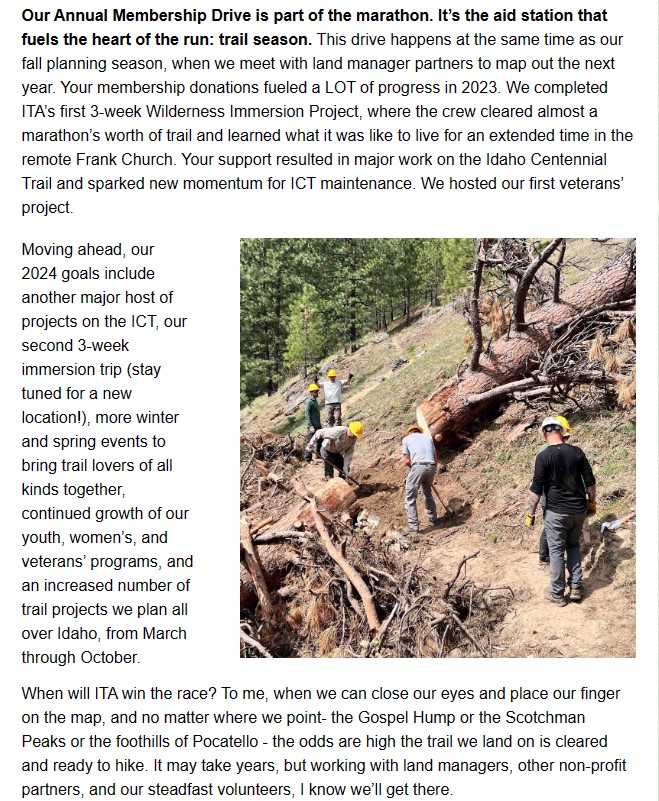
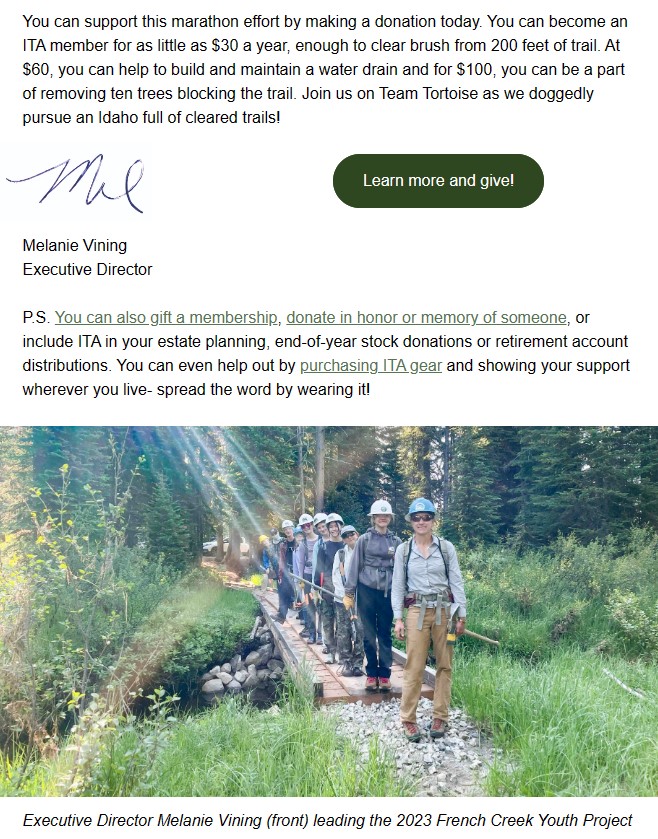
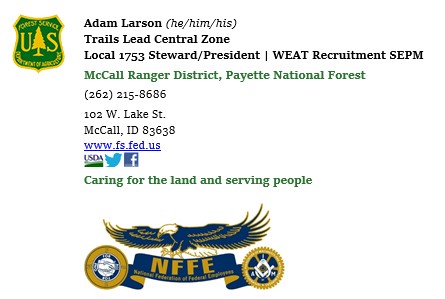
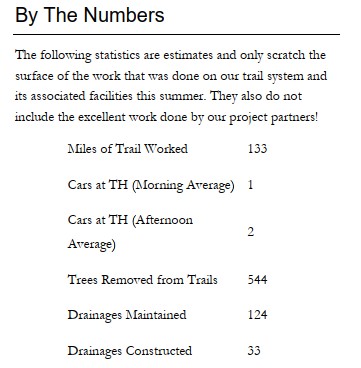
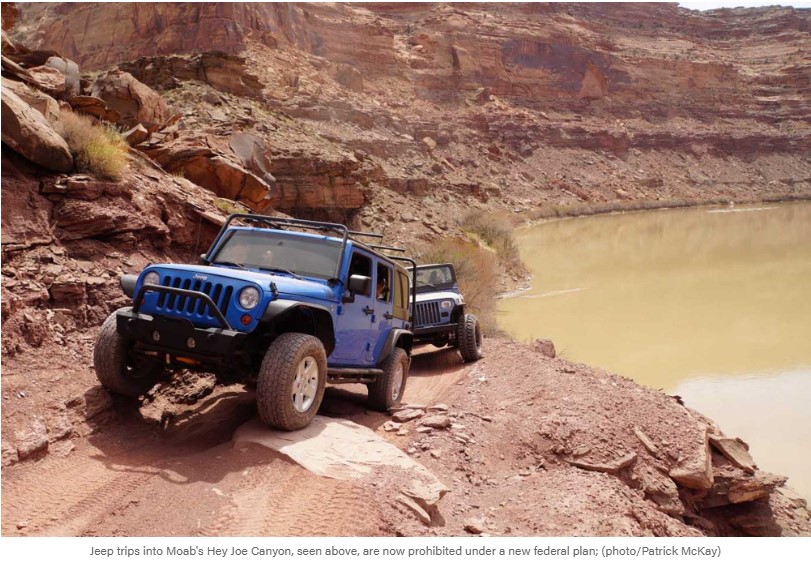
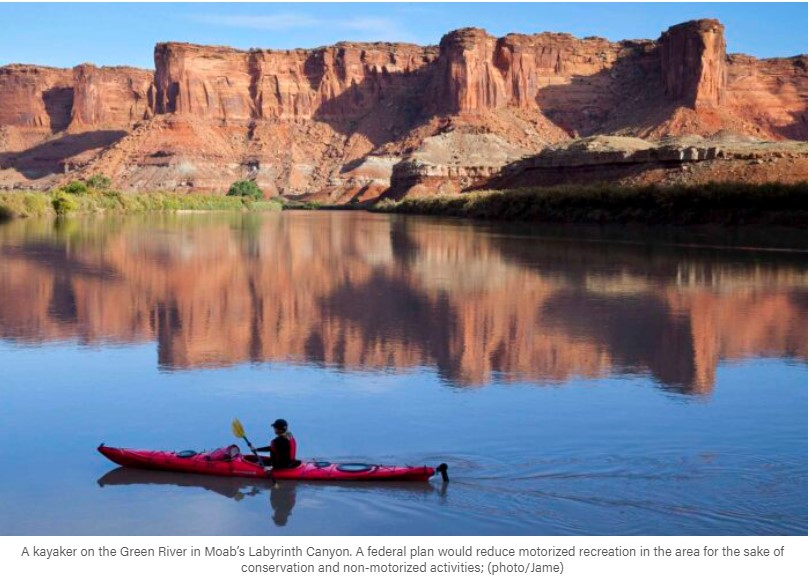
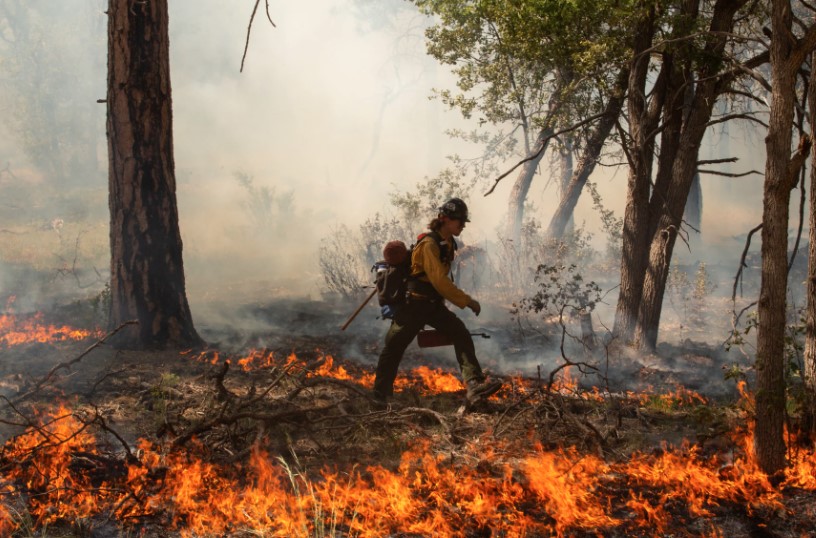
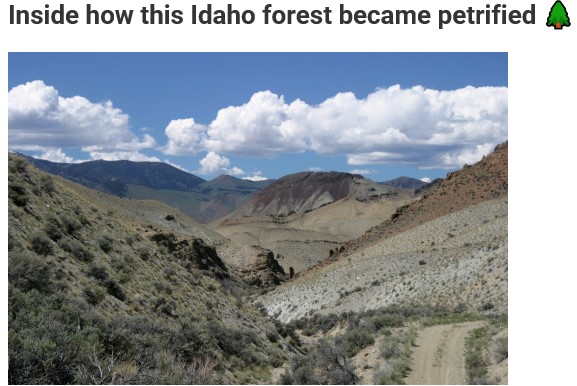
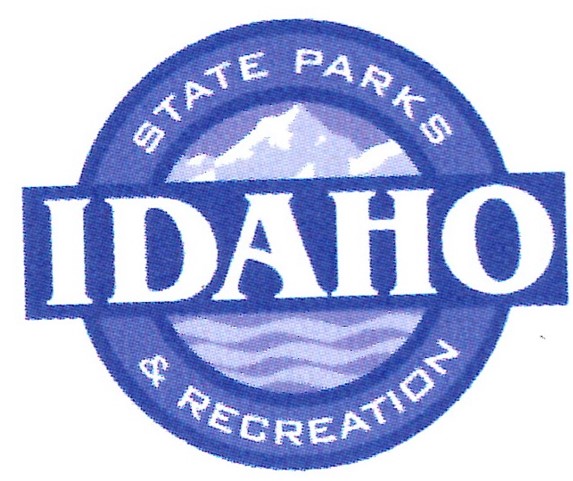
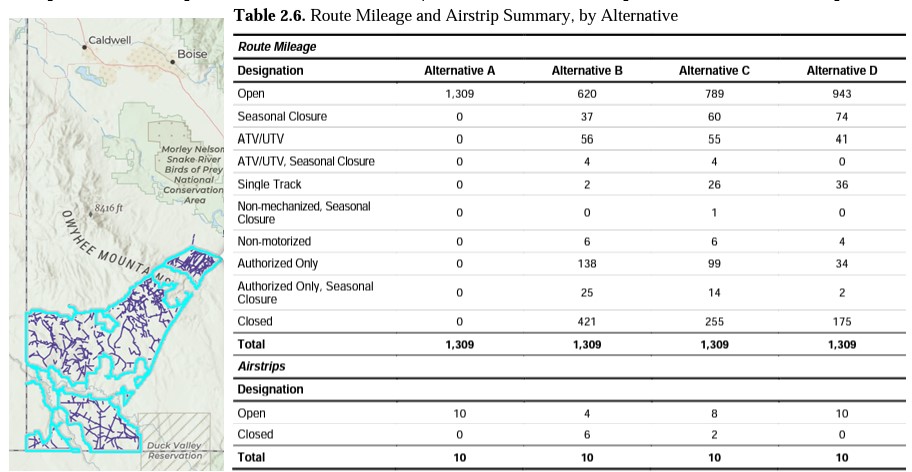
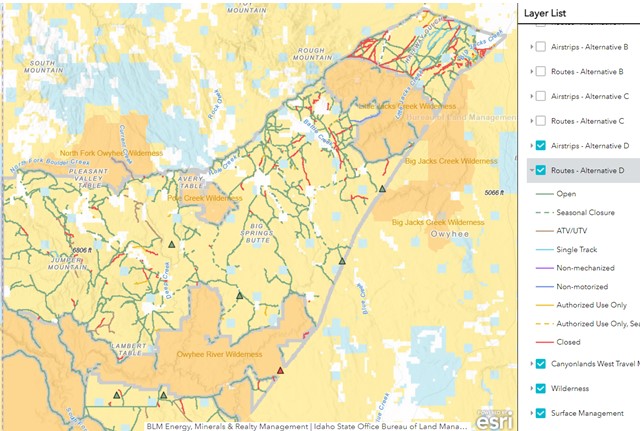

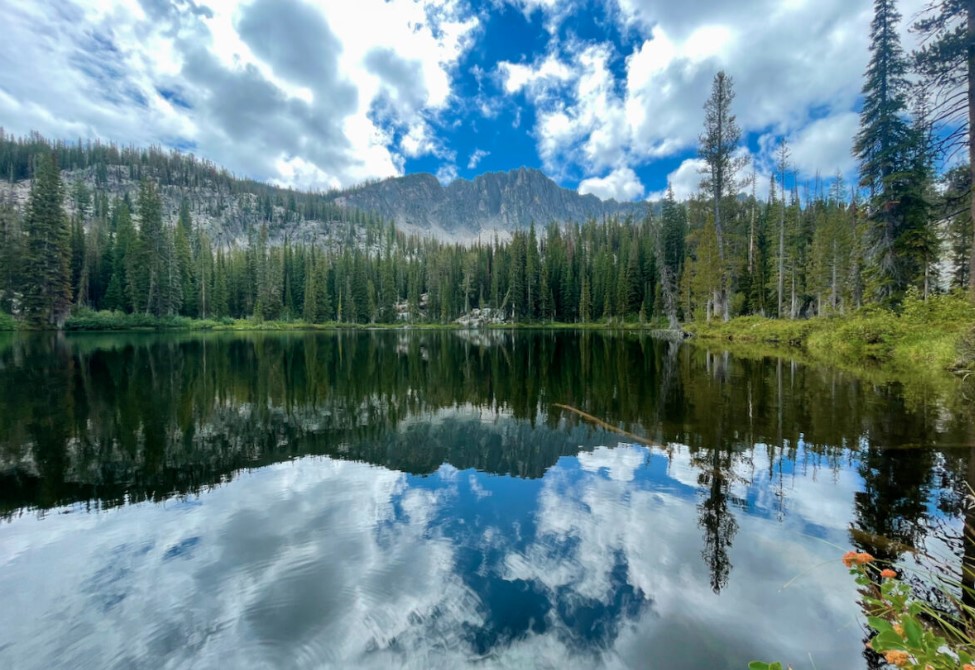
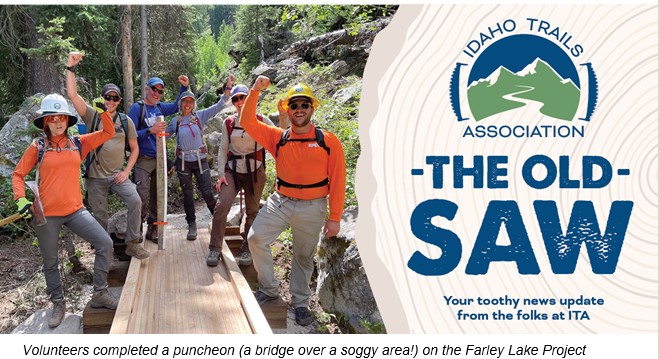
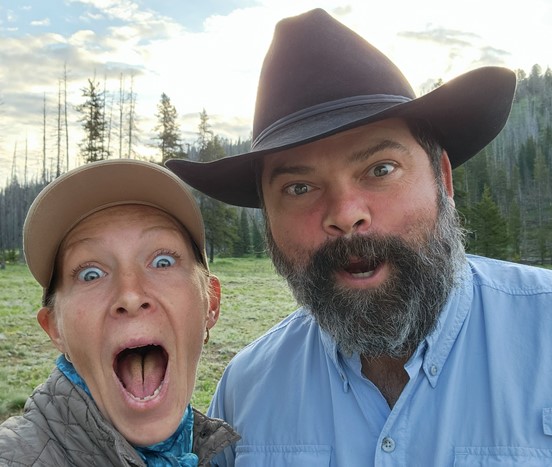

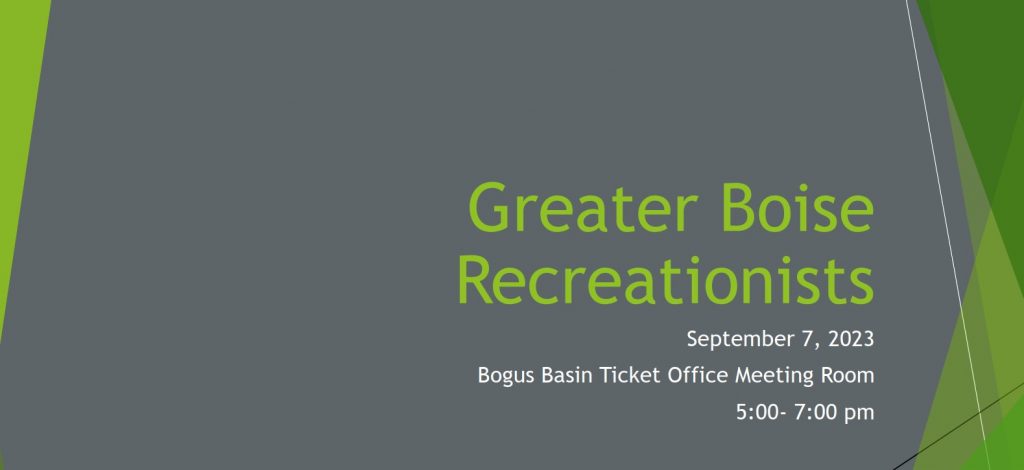
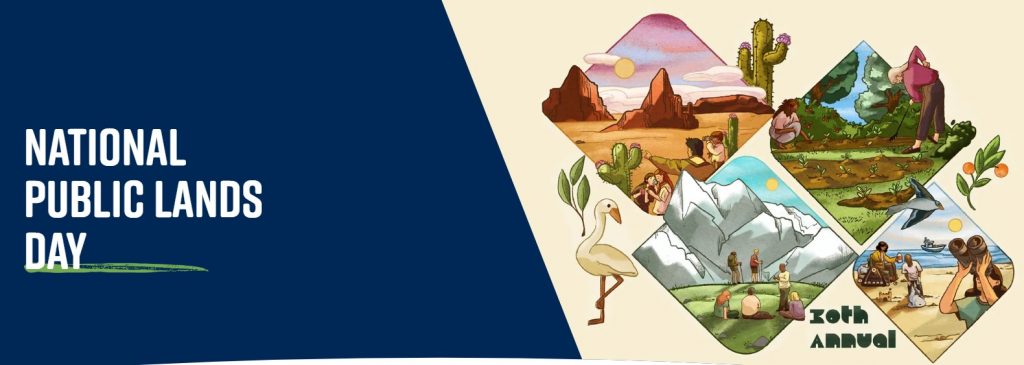
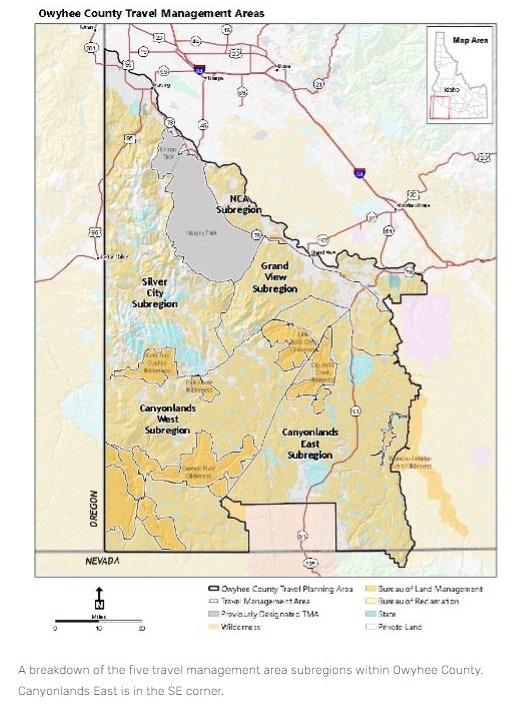
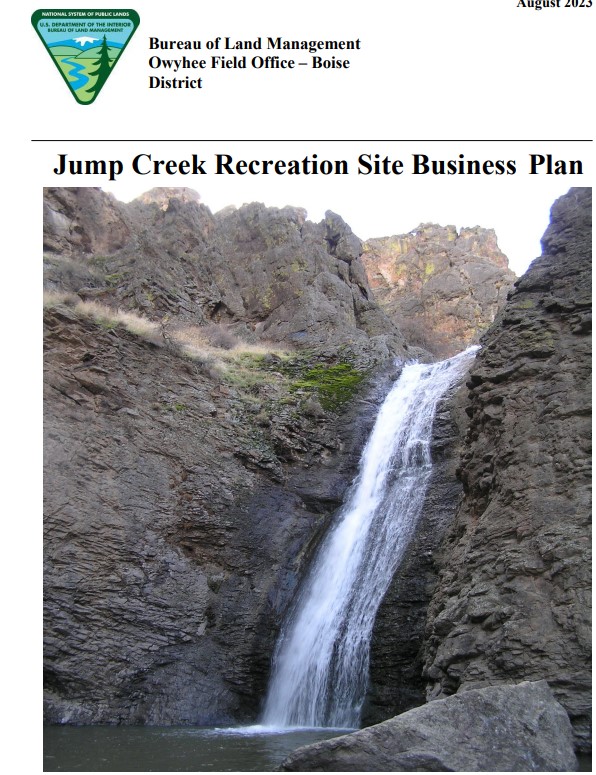
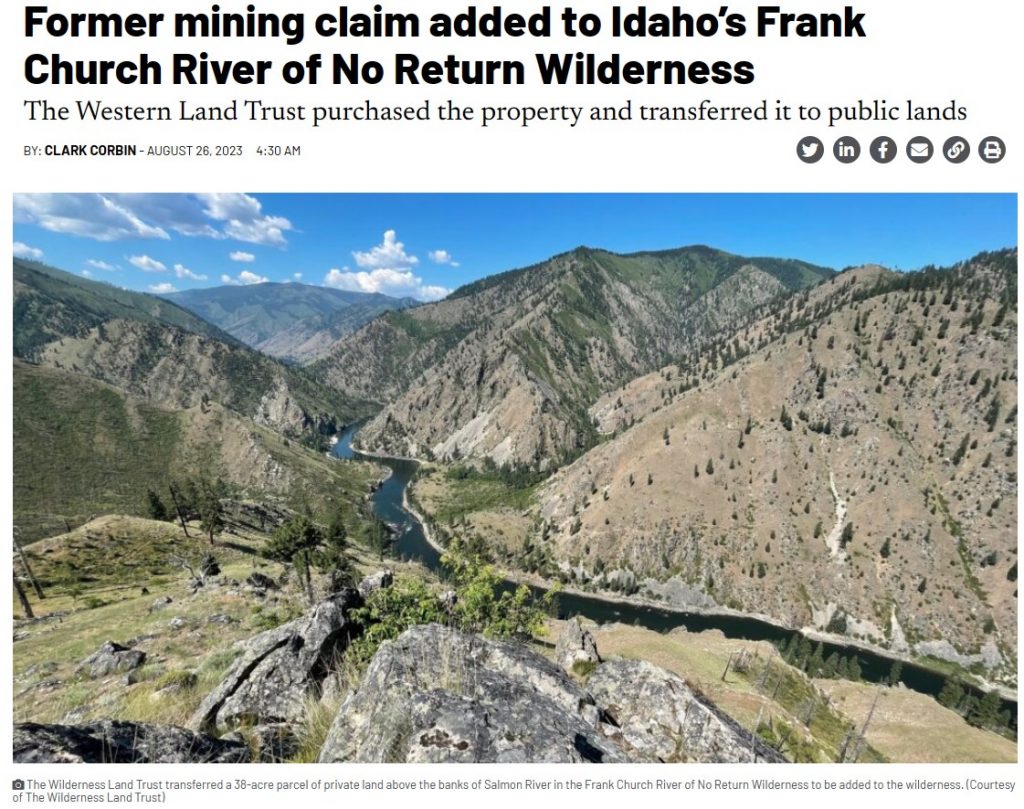
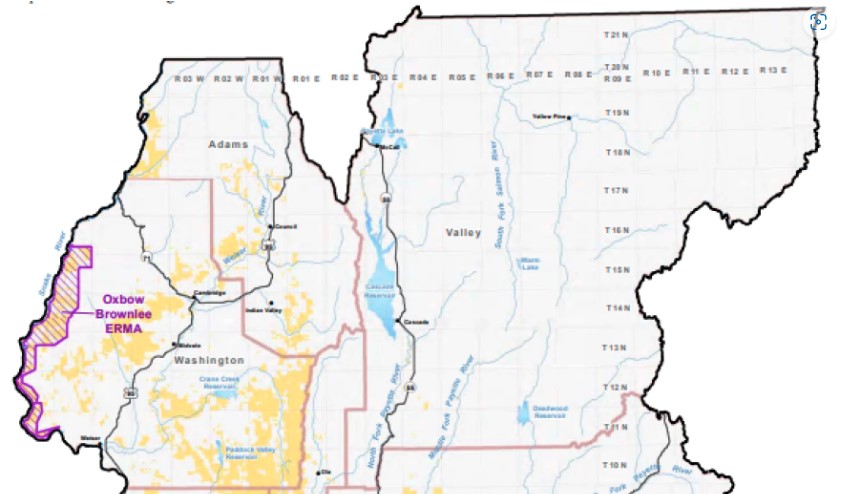
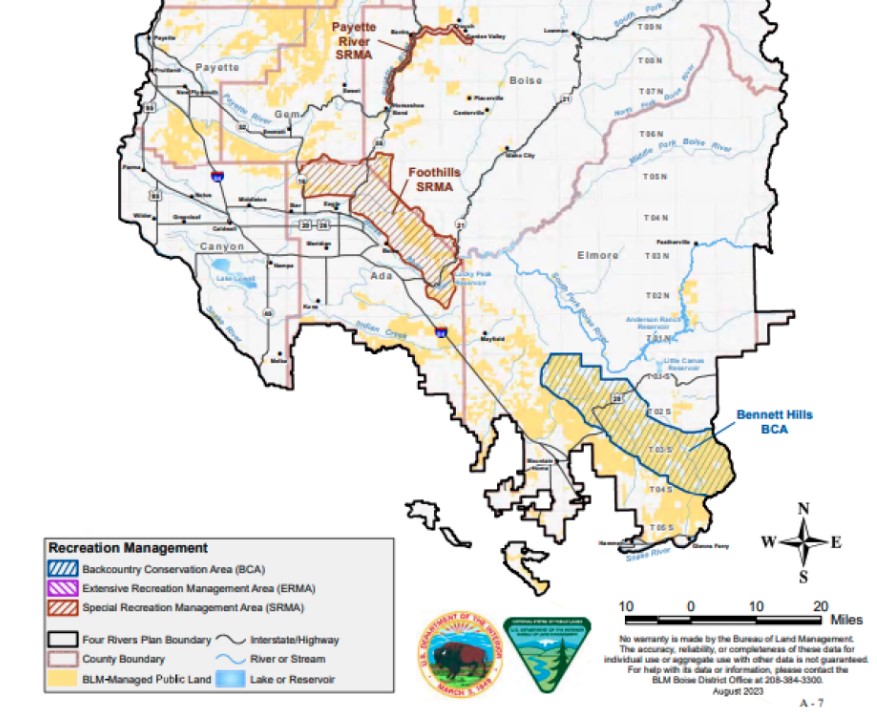
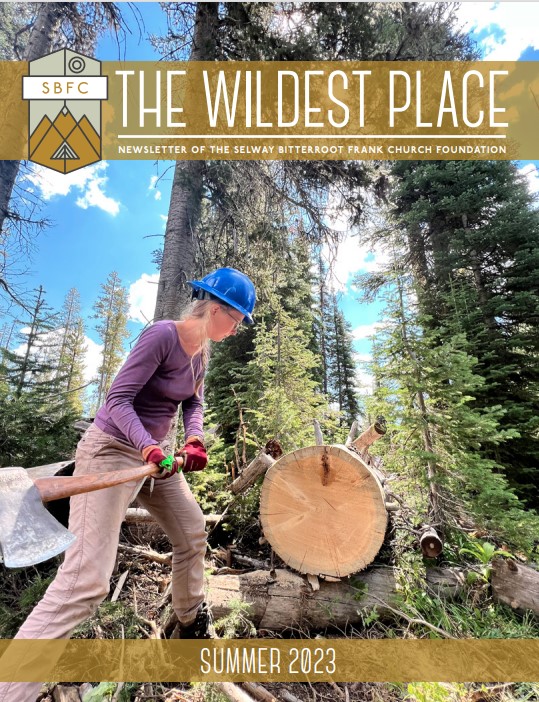

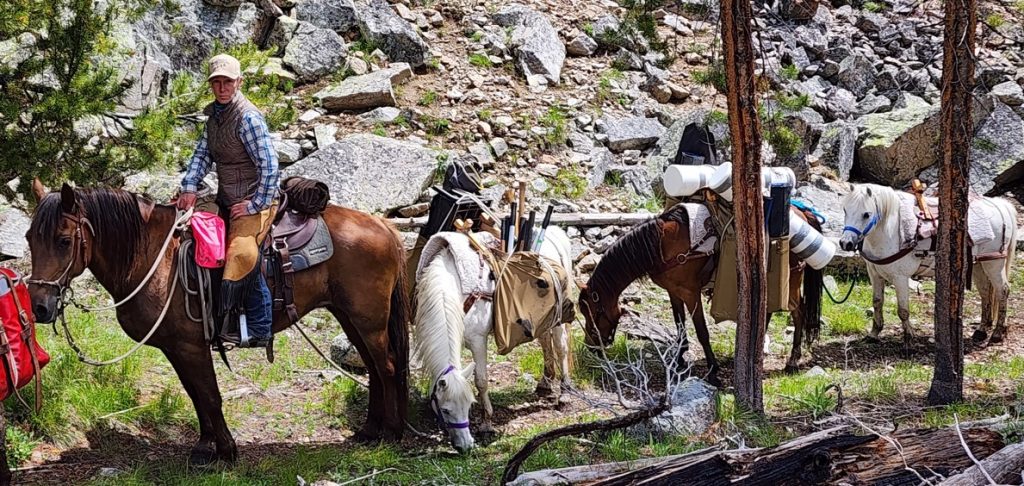
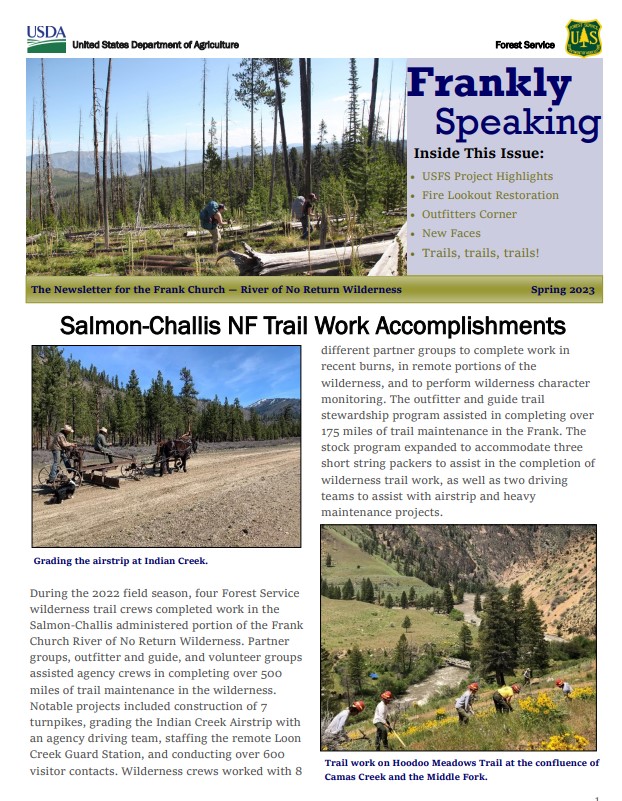
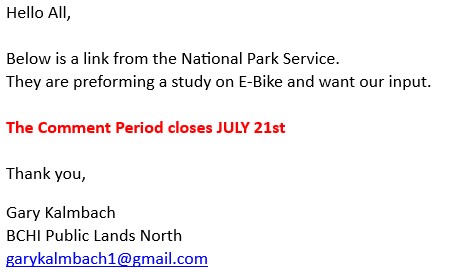
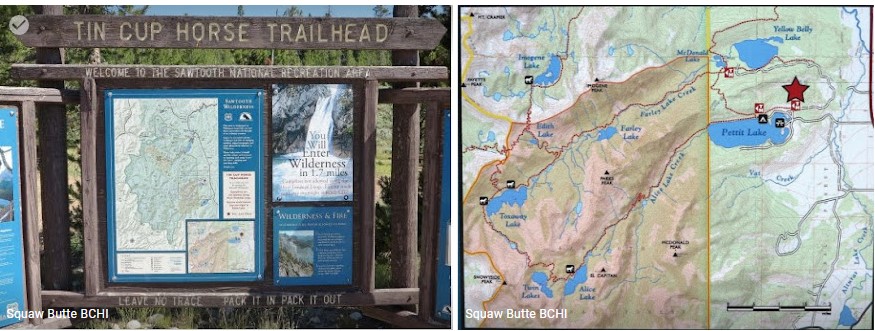
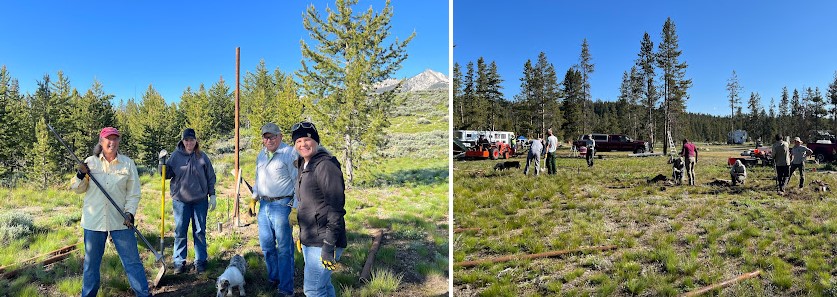
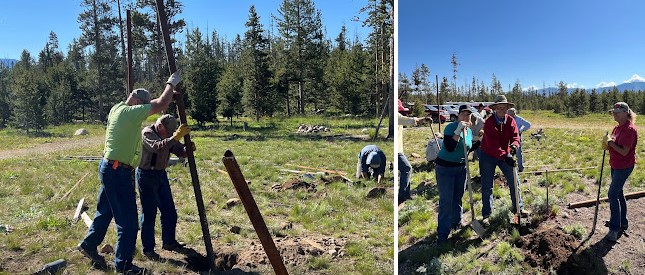
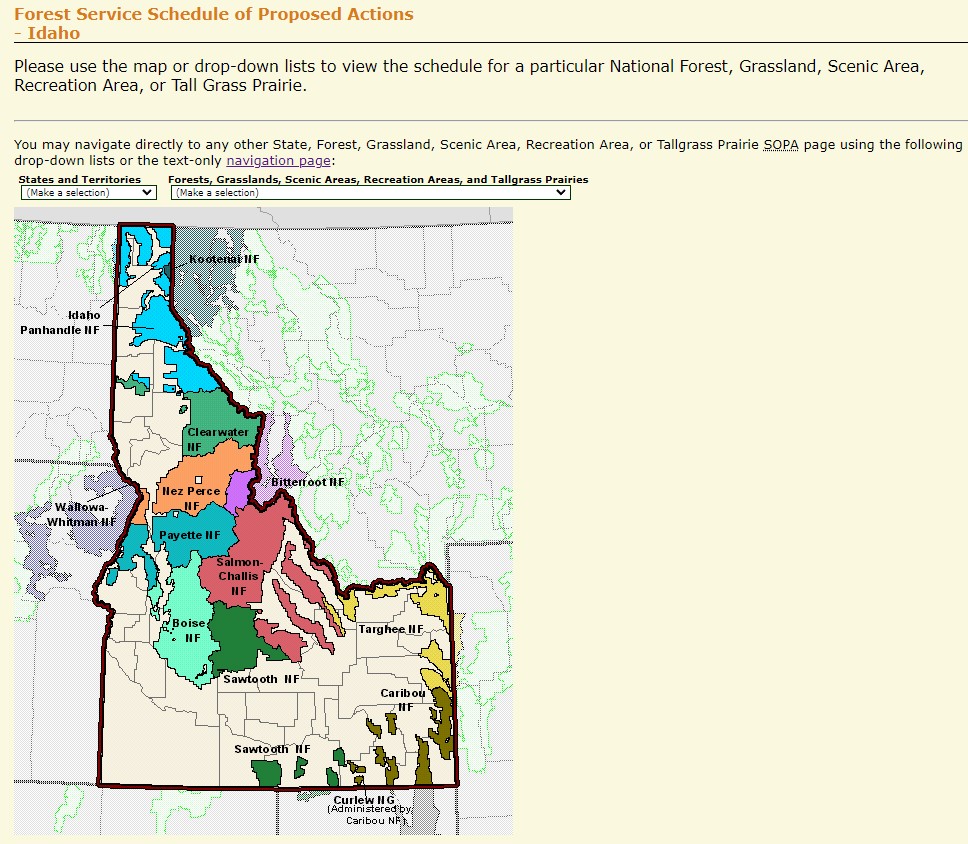
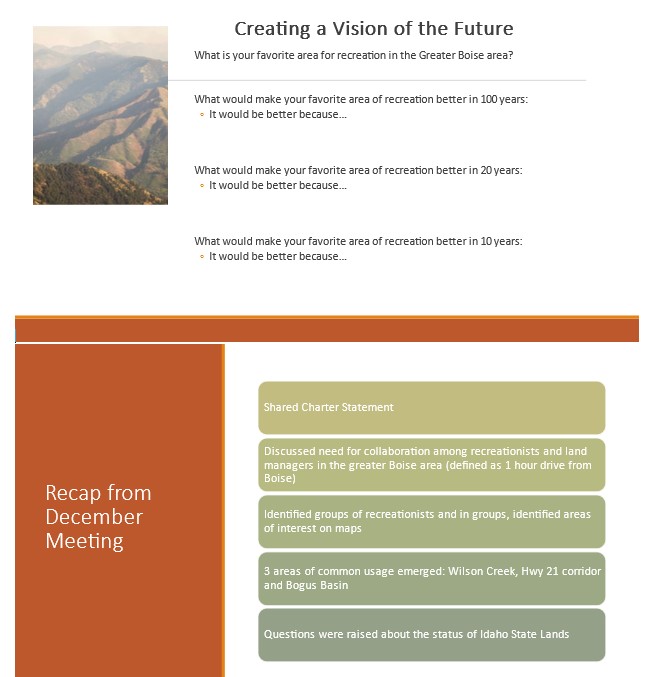
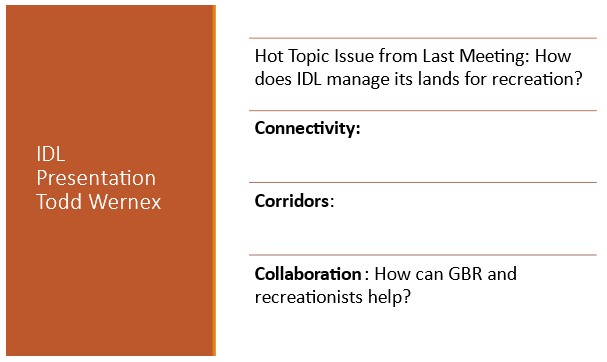
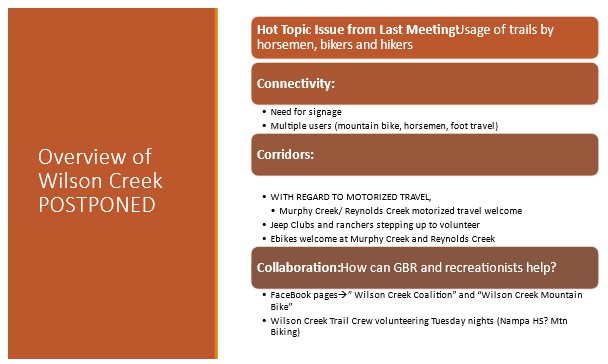
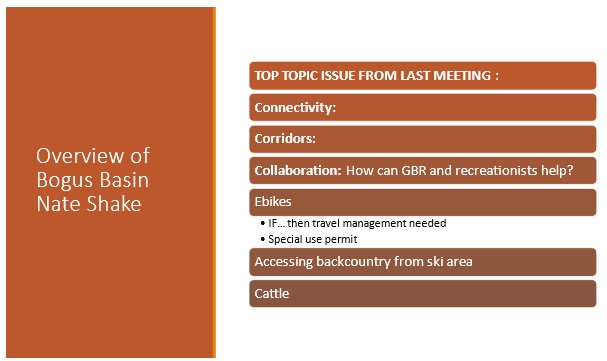
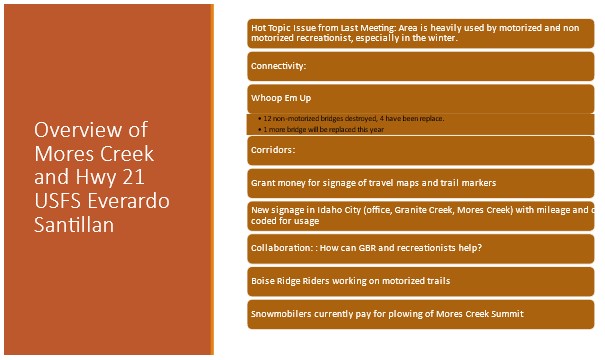
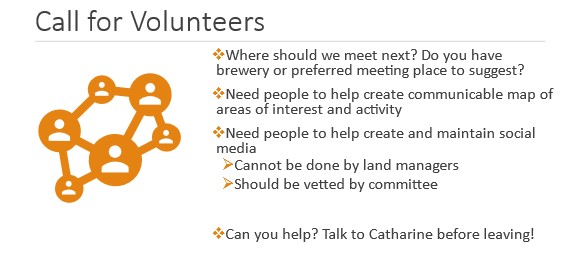
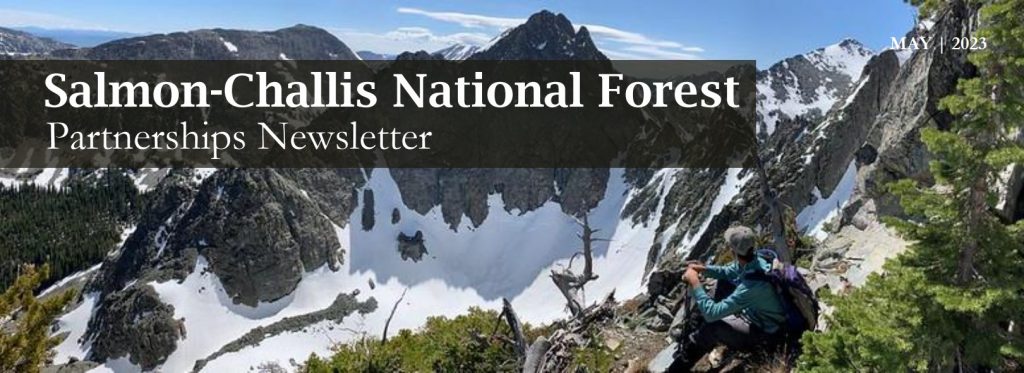
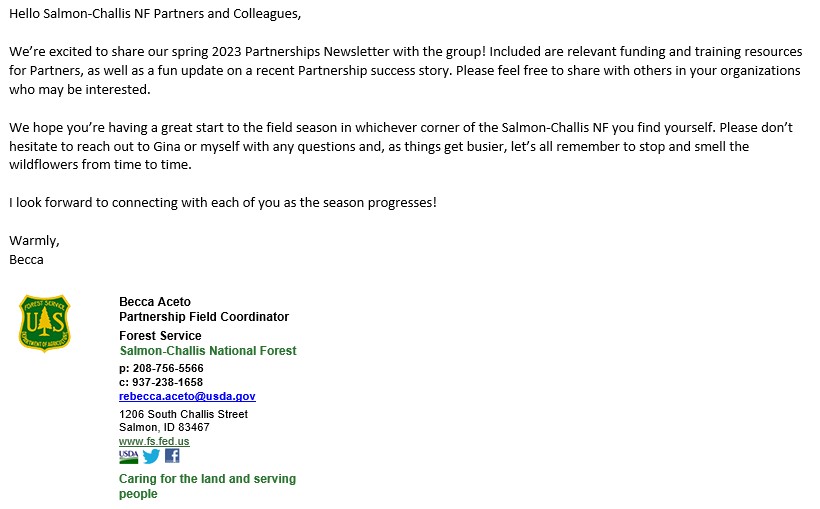
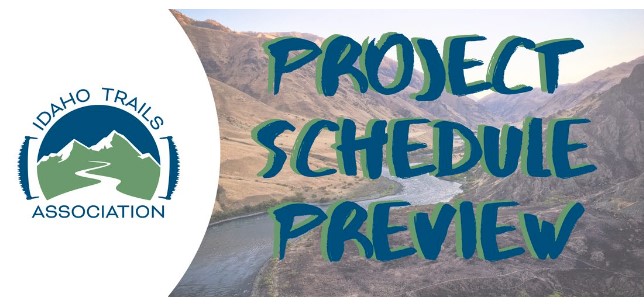
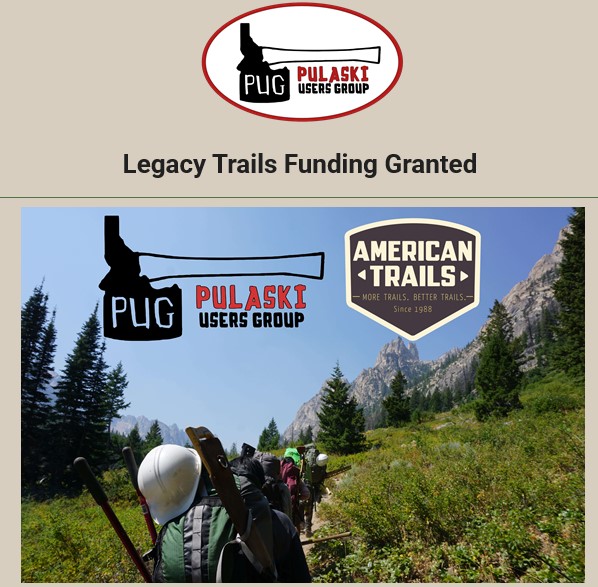
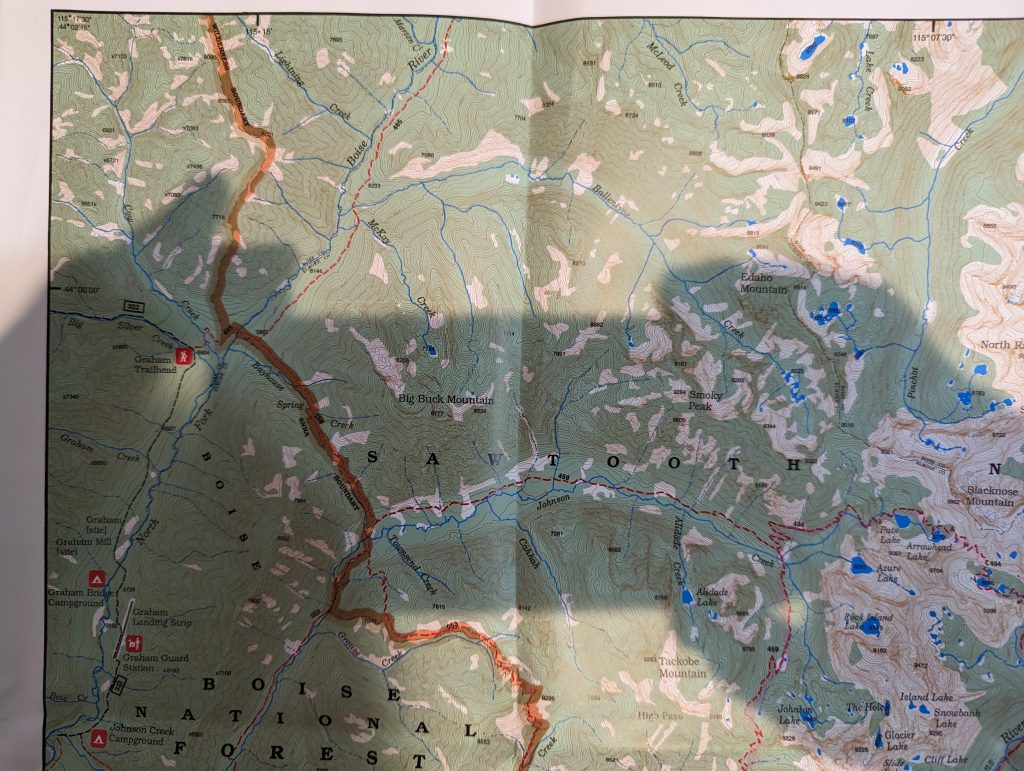
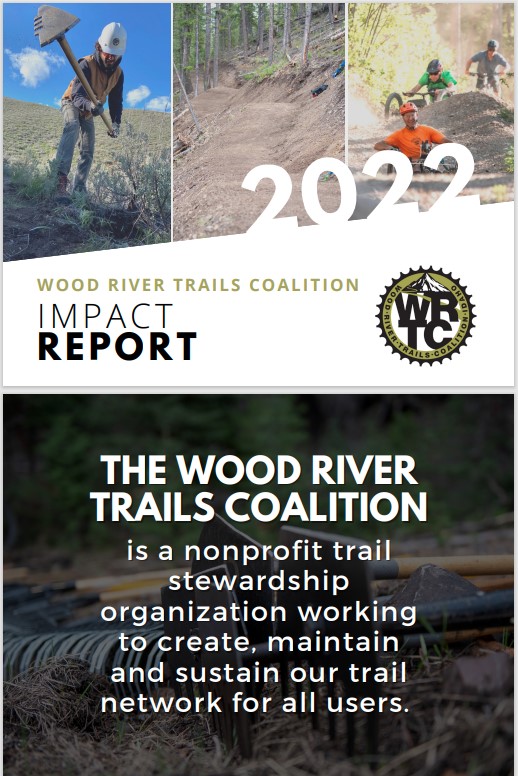

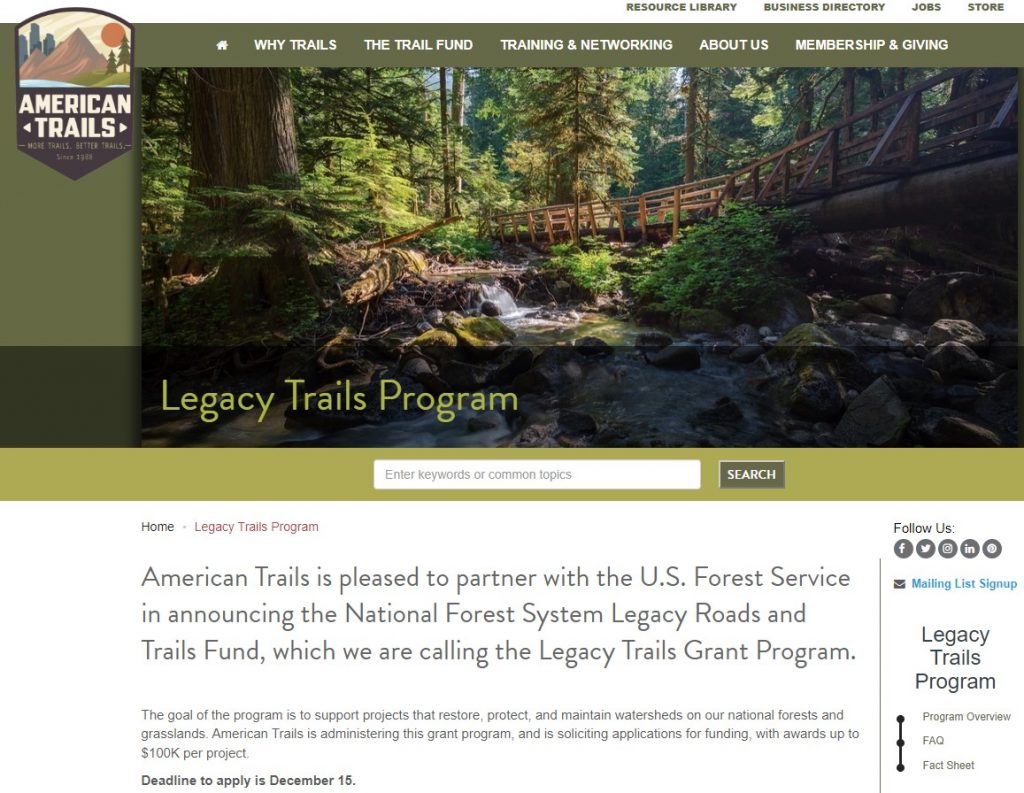
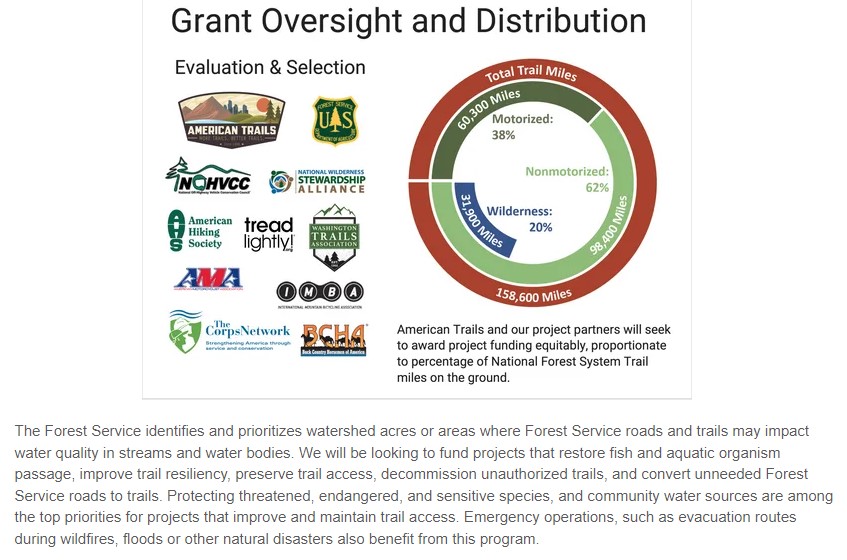
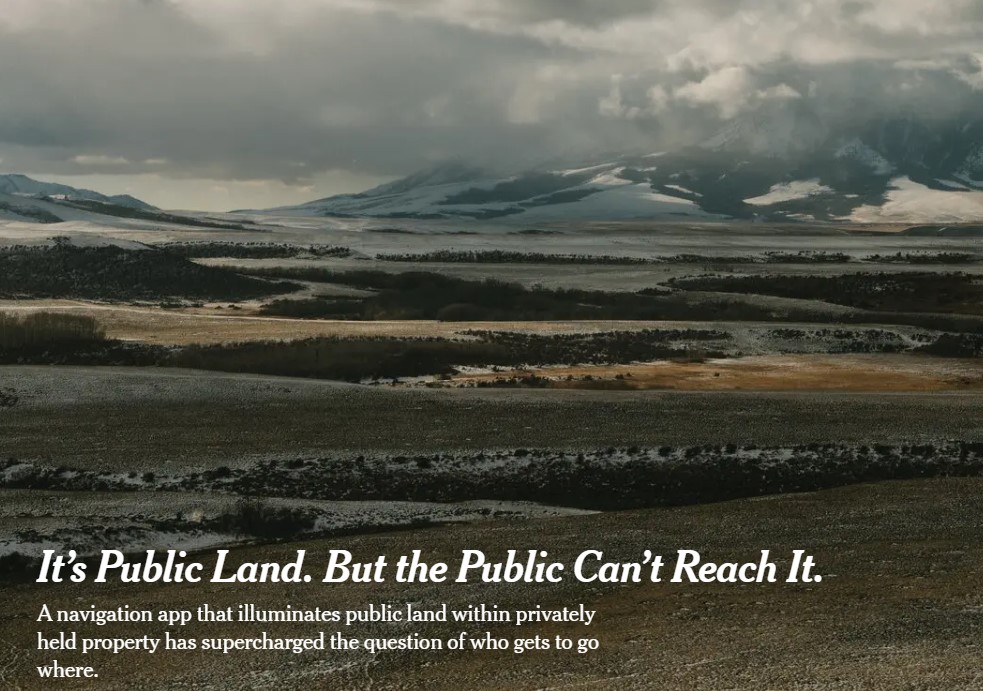
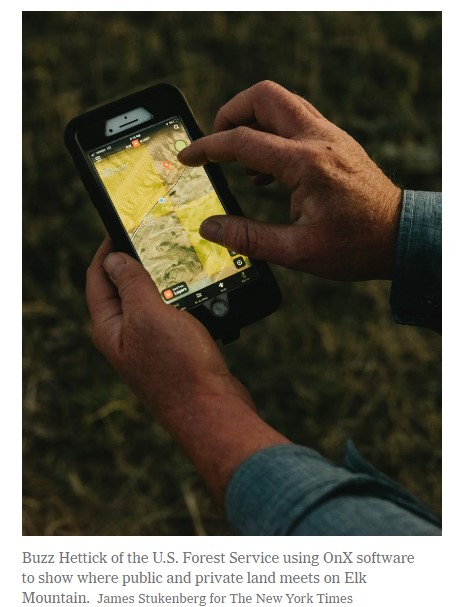 READ MORE
READ MORE